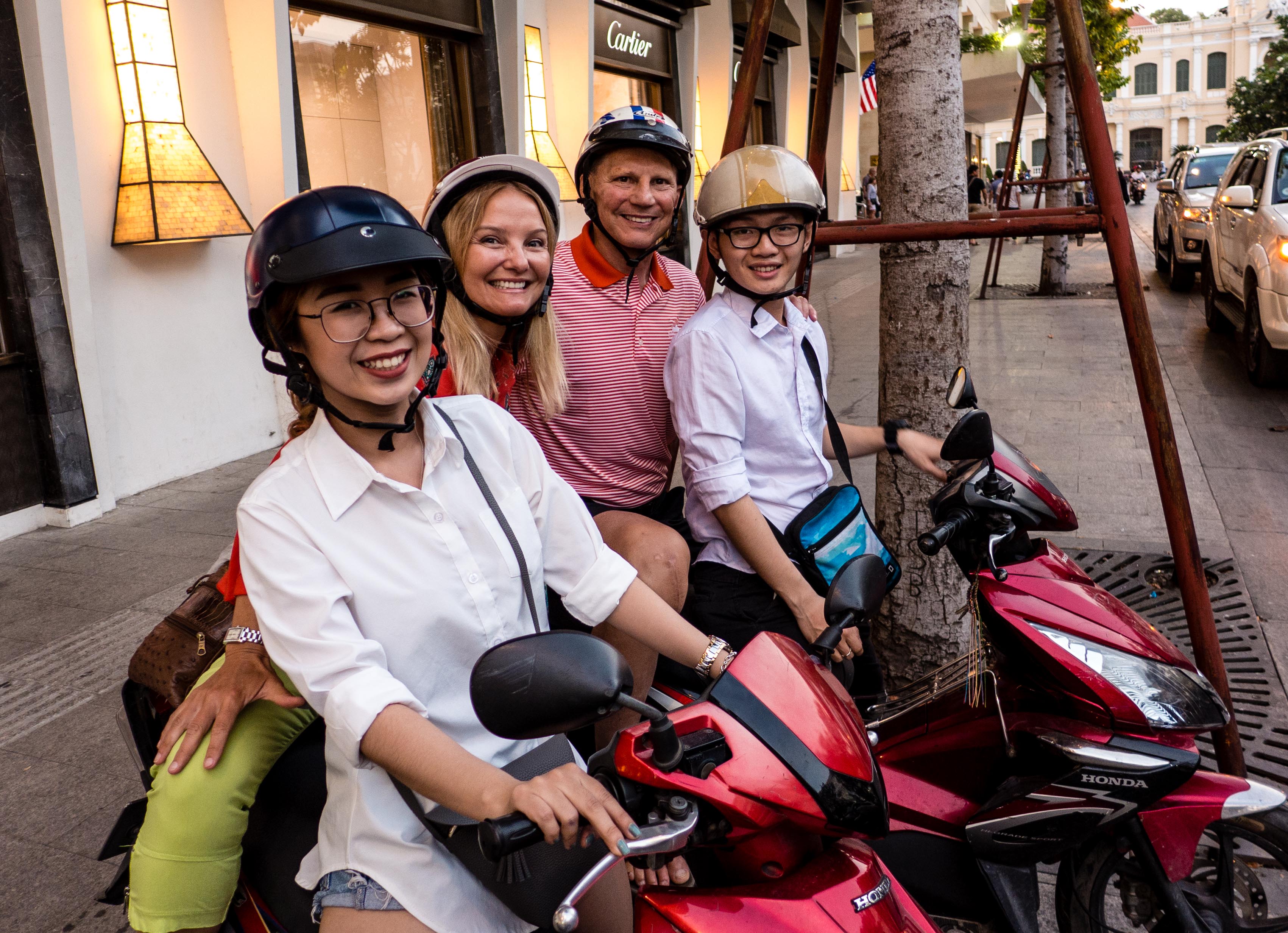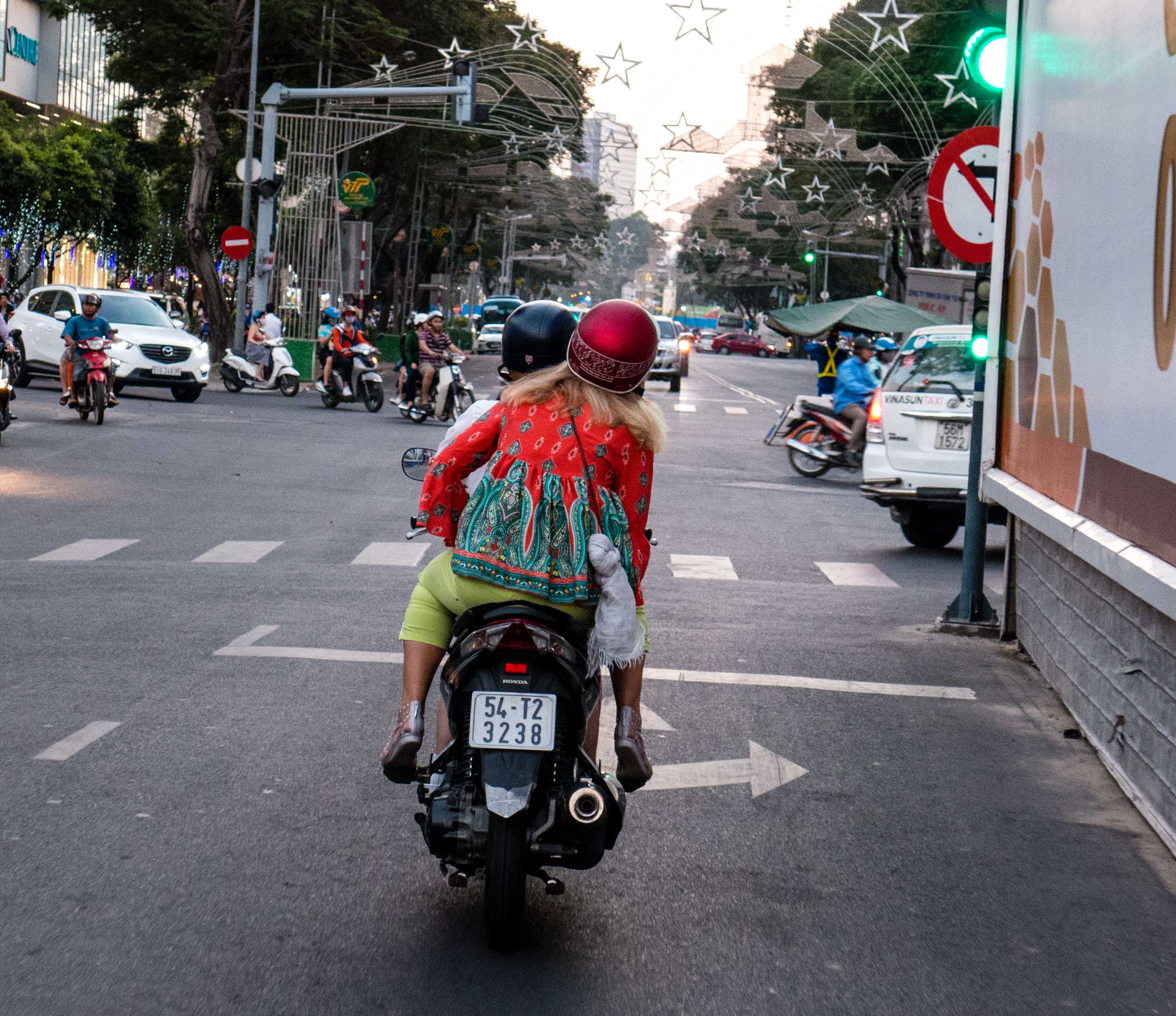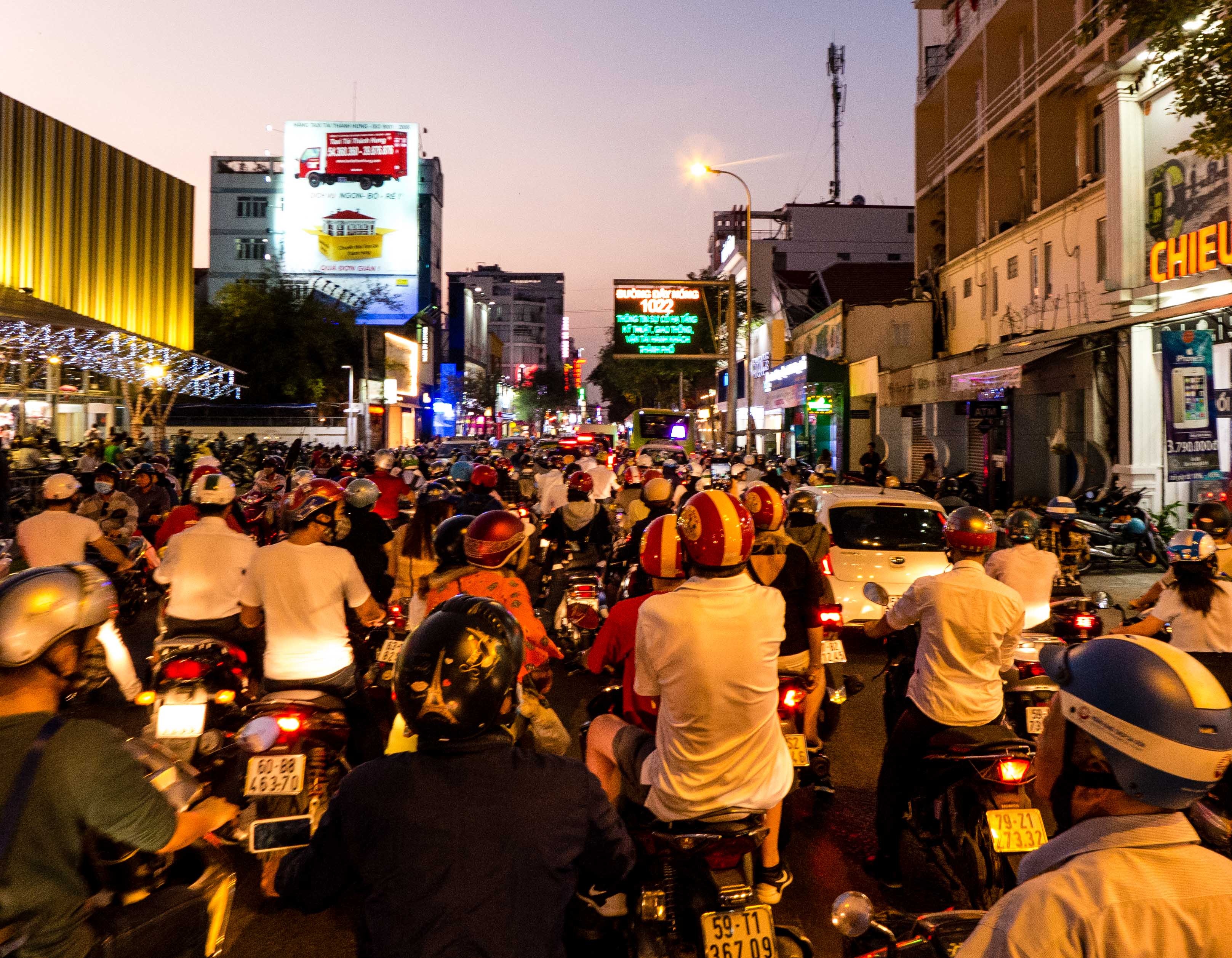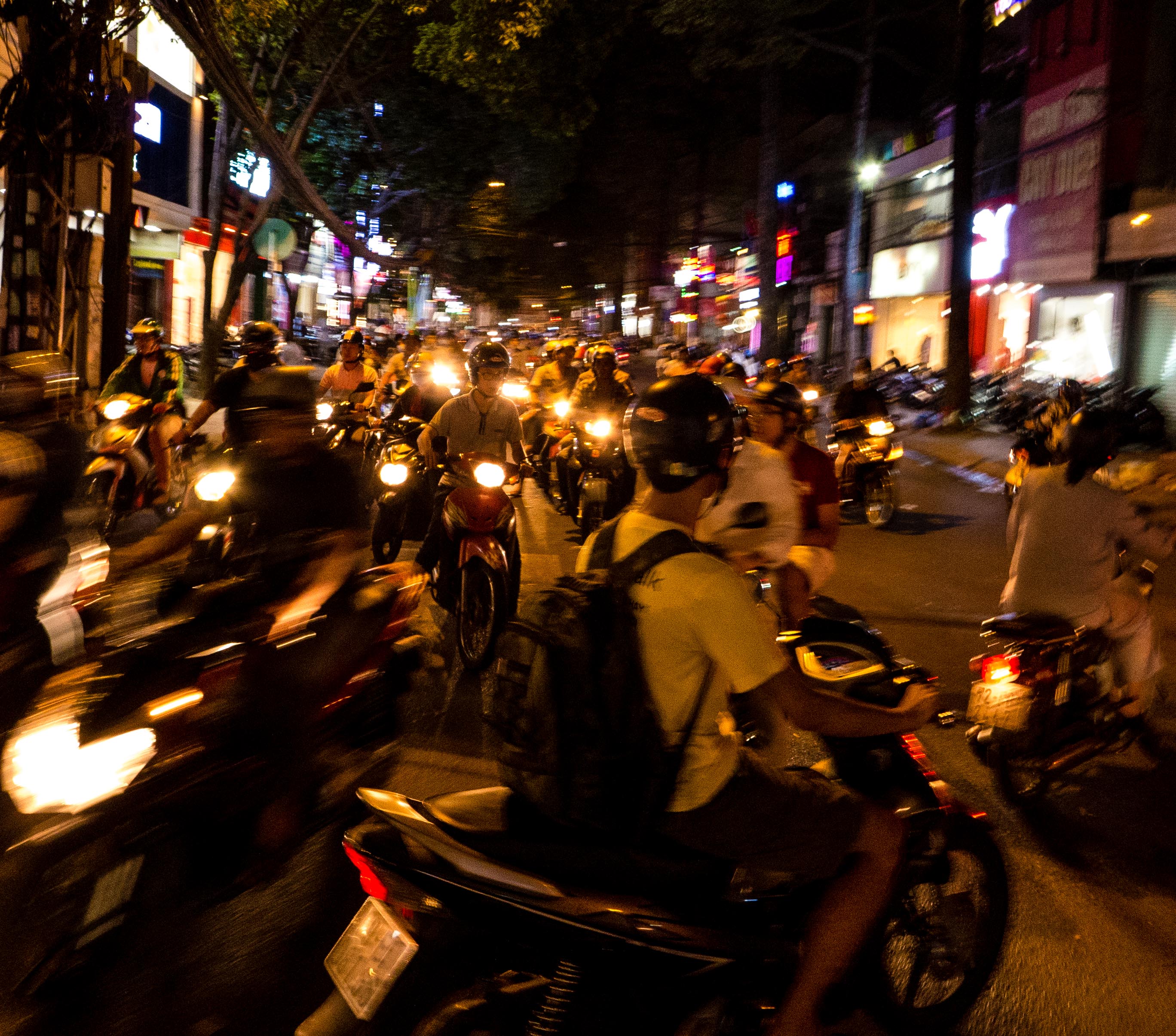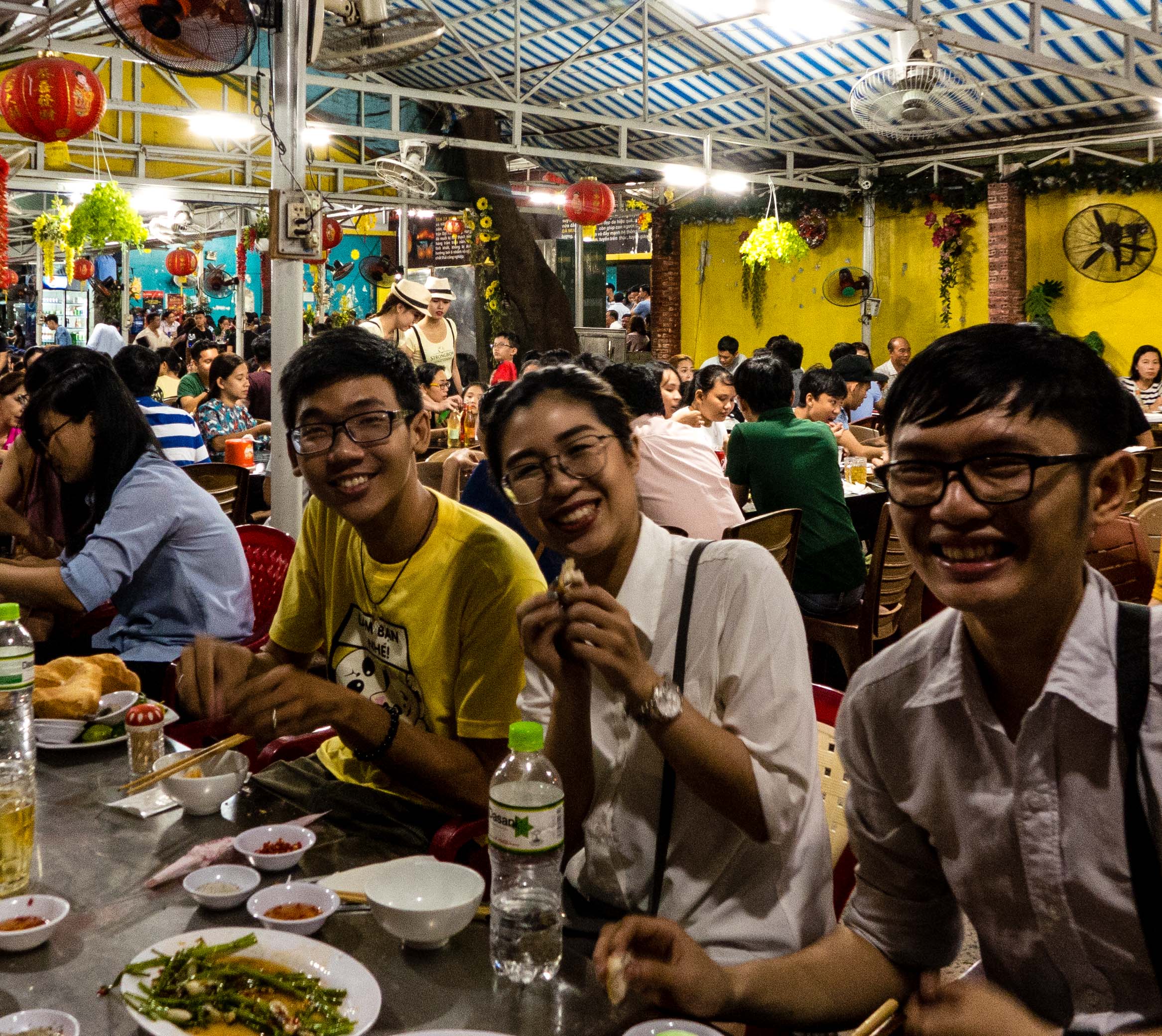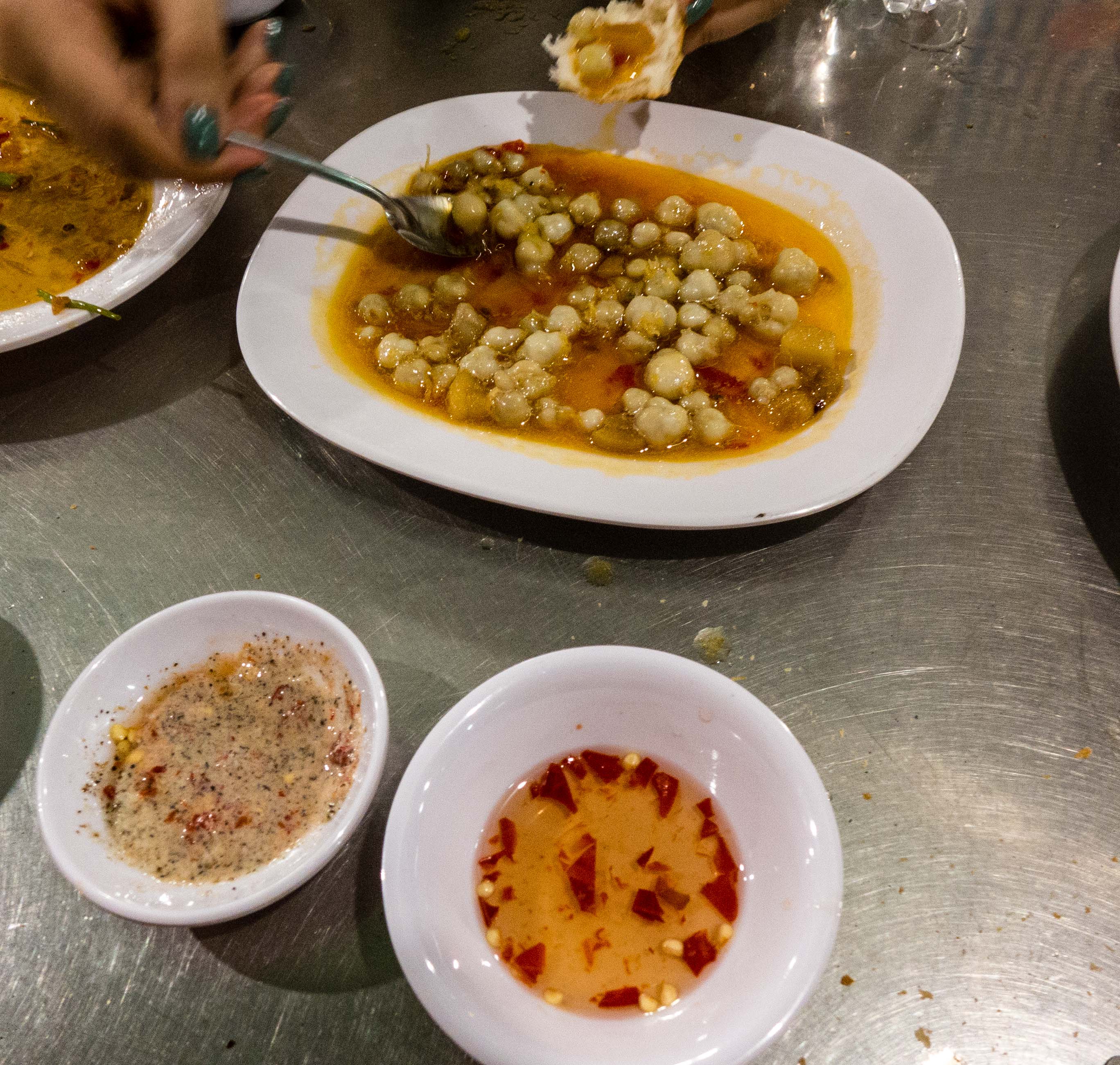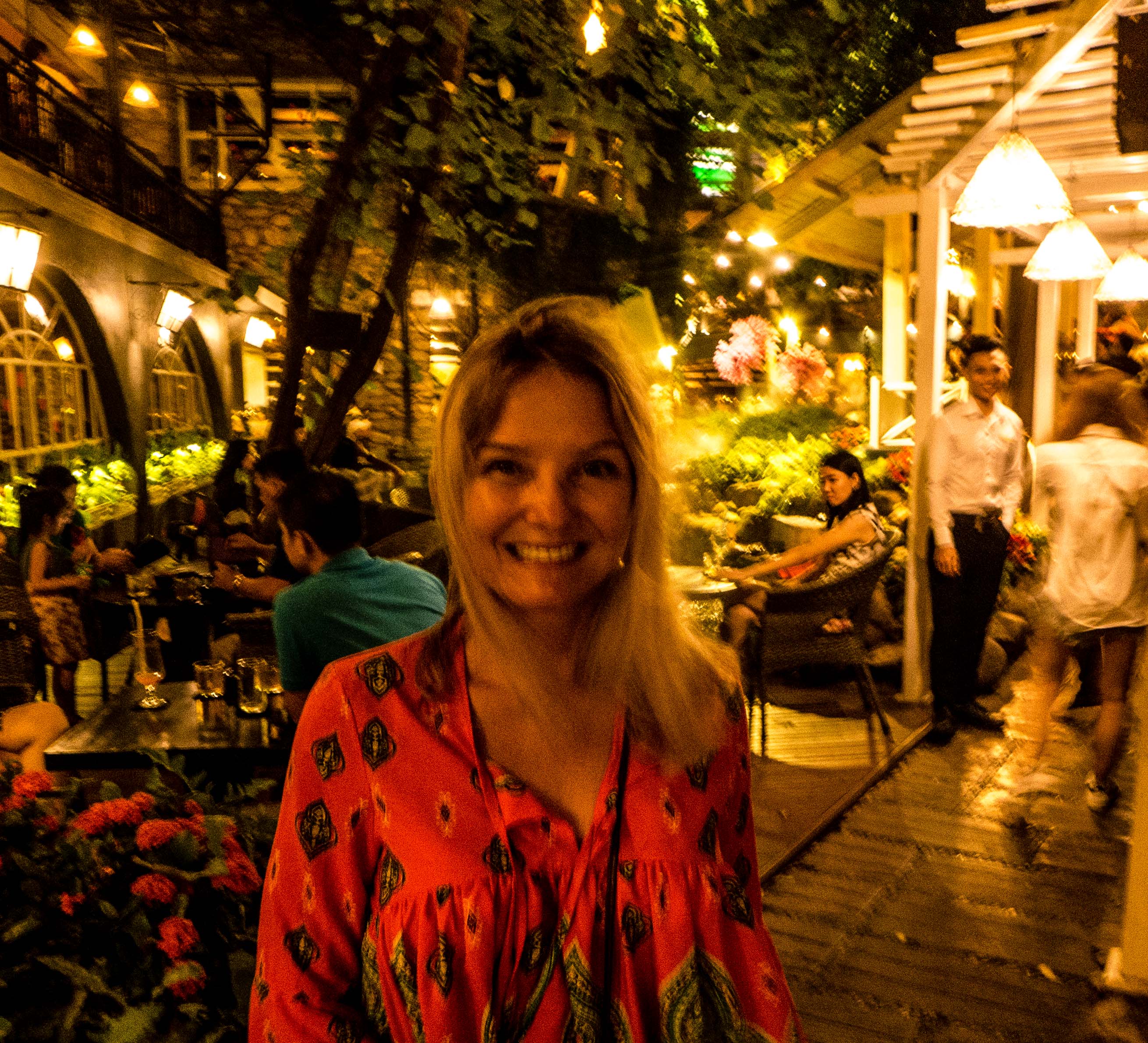Xin chào (pronounced s(h)in chow) – hello – from Vietnam. We are so excited to spend the next month in Vietnam and Cambodia, two countries we have never been to before (bringing us to 70 (S) and 71 (M) countries visited). Our visit will take us from Ho Chi Minh City (HCMC or Saigon) in the south to the terraced mountains of Sa Pa in the north with many (many) stops in between.
My reply to some recent advice regarding Vietnam “Don’t let your travel agent over schedule you” was: “Hmmm… I’m our travel agent and I’ve got us scheduled to the hilt.” Not surprising considering two of my mottos: ‘No wasted days.’ And ‘We can sleep when we’re dead!”
Vietnam is about the same length as New Zealand (1000 miles +/-), but with a population of 93 million (compared to NZ’s 4.5 million). Since it abandoned ‘command economics‘ (a system where the government, rather than the free market, determines what goods should be produced, how much should be produced and the price at which the goods are offered for sale. The command economy is a key feature of any communist society.) and launched doi moi, a market-driven policy of fiscal reform, Vietnam is a nation on the rise, one of Southeast Asia’s ‘Little Tiger’ economies. And with a reputation as a peaceful haven compared to, for example, Bali or Thailand where terror attacks have tarnished the peacefulness, over 7 million tourists visit annually.
Although an estimated 5 million Vietnamese lost their lives in the war with the US, and over 100,000 people have been killed by left-behind land mines and bombs SINCE the end of the war in 1975, we’ve experienced no animosity; in fact, just the opposite – a warm and welcome reception from everyone we’ve met.
We flew from Auckland through Hong Kong to arrive in Saigon. This bustling city brings in about 40% of Vietnam’s revenue from international travelers. Though travelers often stick to the politically correct Ho Chi Minh City (since 1976, the name of the vast metropolis that encompasses Saigon), the easier, more graceful name, Saigon, is not forbidden, and in fact, is used by the locals all the time. According to Nat Geo Traveler guide “Communist officials routinely use the name. The river remains the Saigon. Buses still flash ‘Saigon’ as their destination… The three-letter airport code is SGN. So… go ahead and say it.” So we are.
The French colonized Vietnam in the 1800’s and adopted Saigon as the name of their colonial capital. They influenced everything from wide boulevards lined with kapok and tamarind trees, to the ‘Notre Dame’ cathedral, the opera house, the post office by Gustave Eiffel, palaces and villas, and of course, the food. Saigon came to be known as the Pearl of the Orient, or the Paris of the East, in the 1870’s.
Saigon’s a crazy, frenzied urban cacophony of more than 10 million people (locals say there are closer to 15 million) and at least, it seems, that many motorbikes, so it doesn’t exactly invoke those genteel images now, but troi oi! (oh my!) it is an amazing sight to see, nonetheless.
First….an introduction to the city:
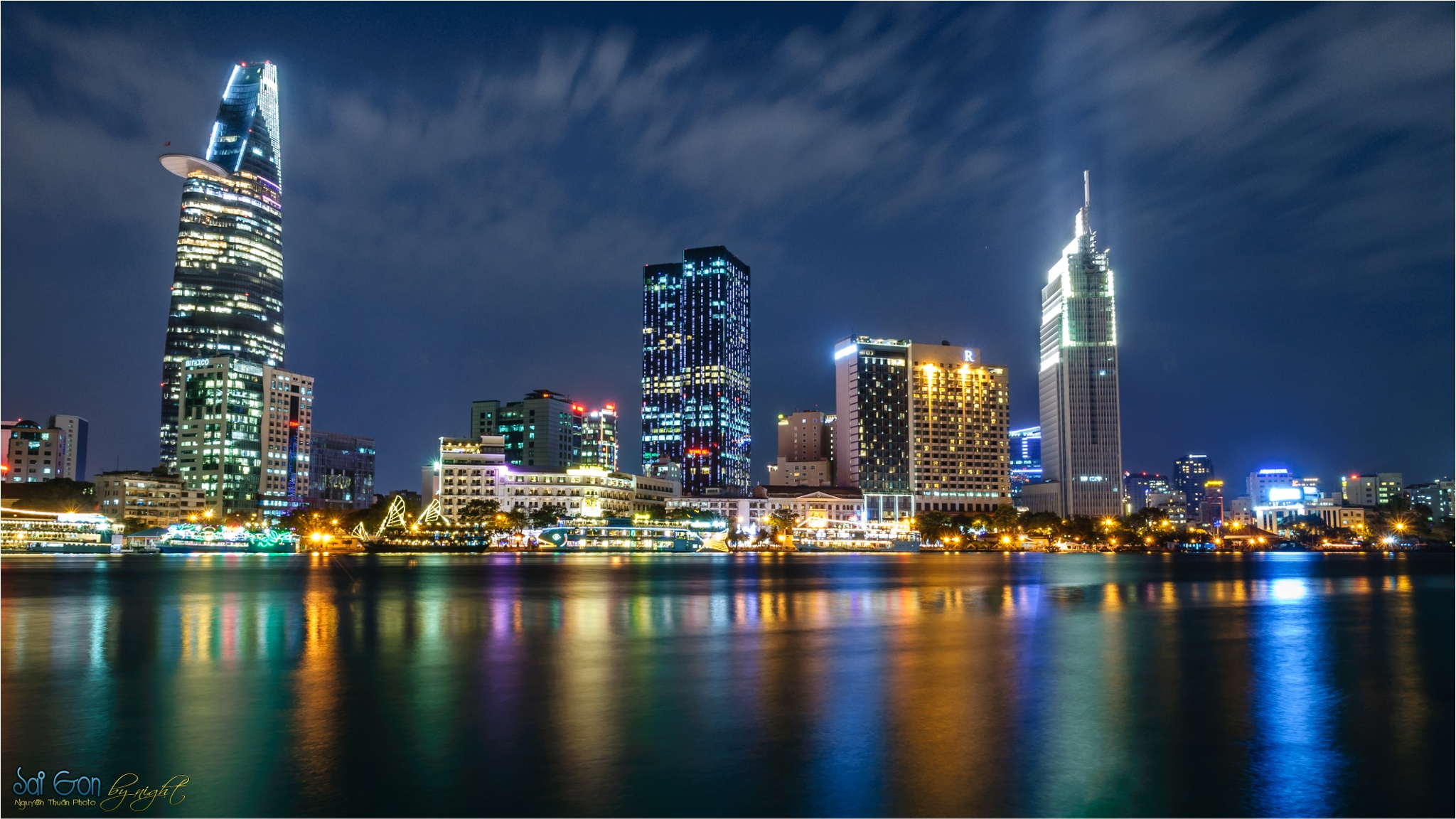
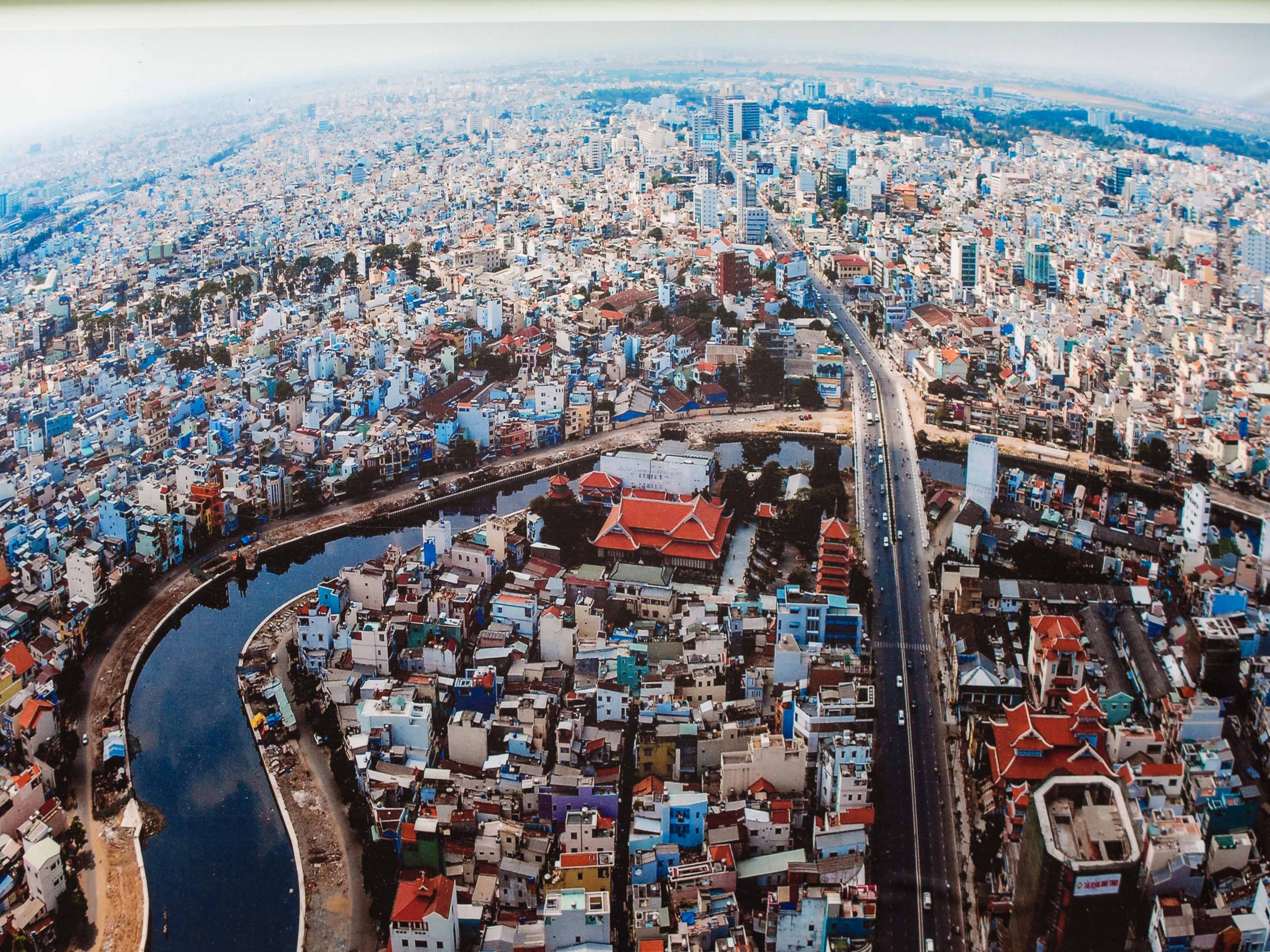
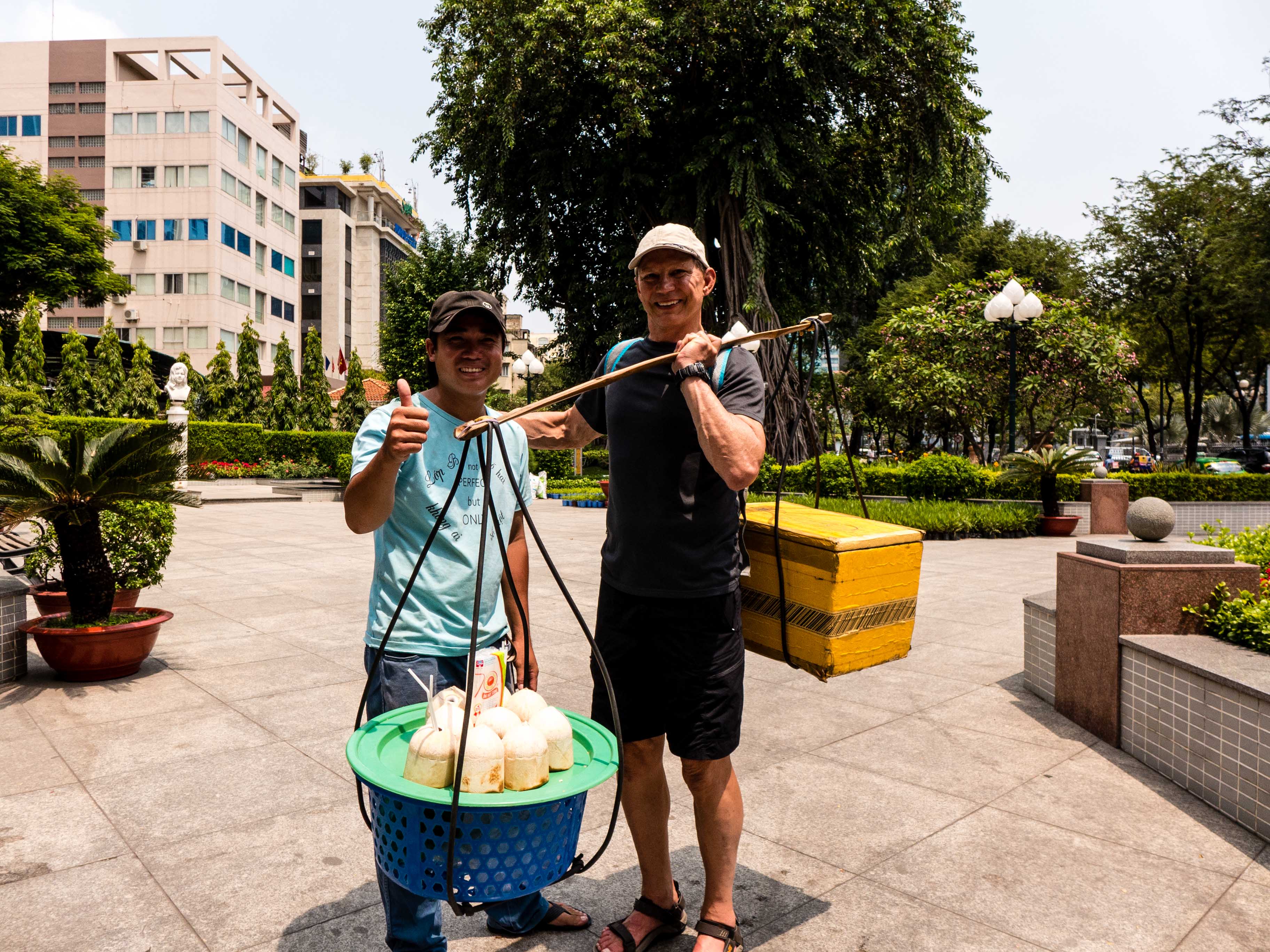
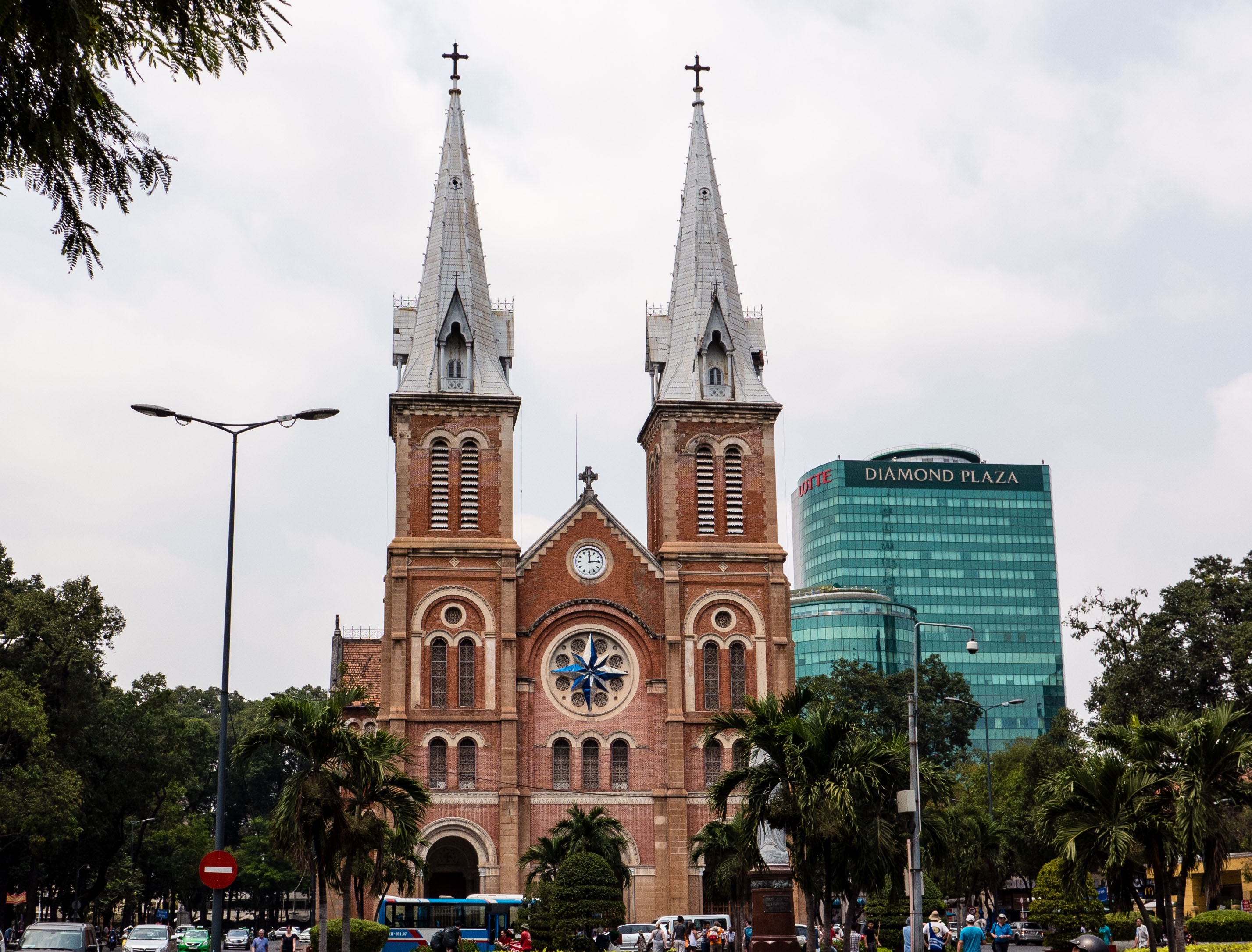
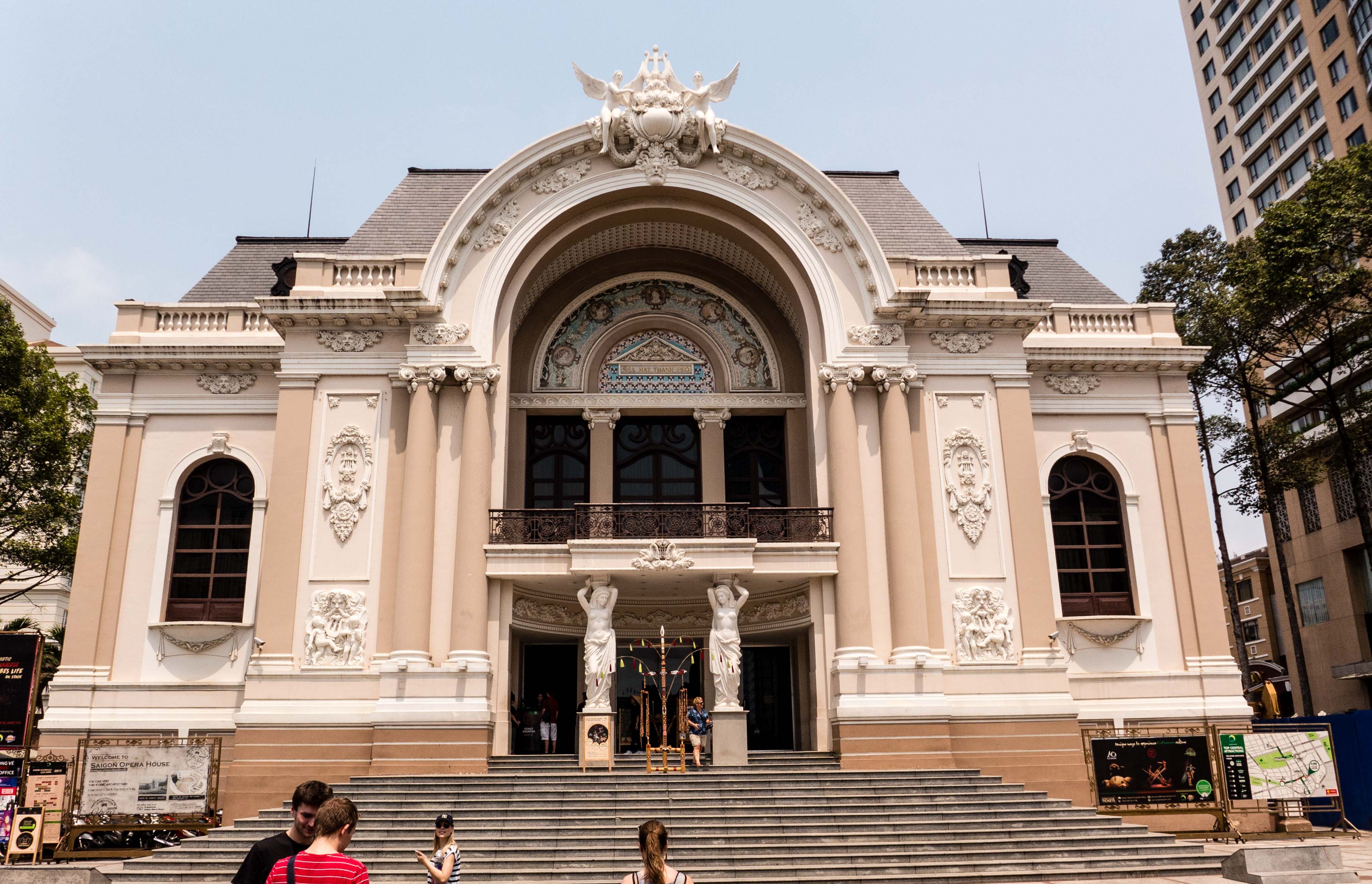
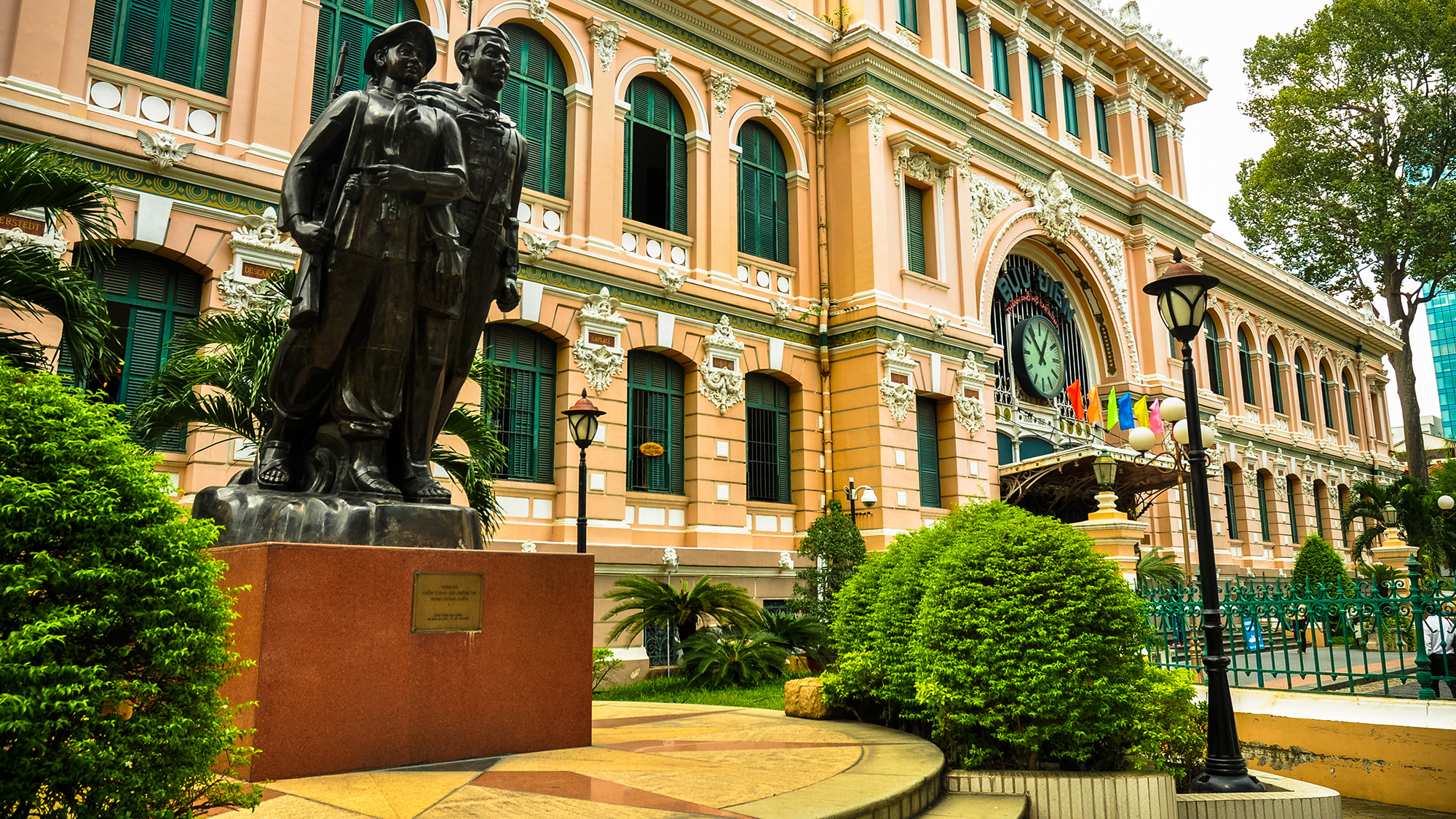
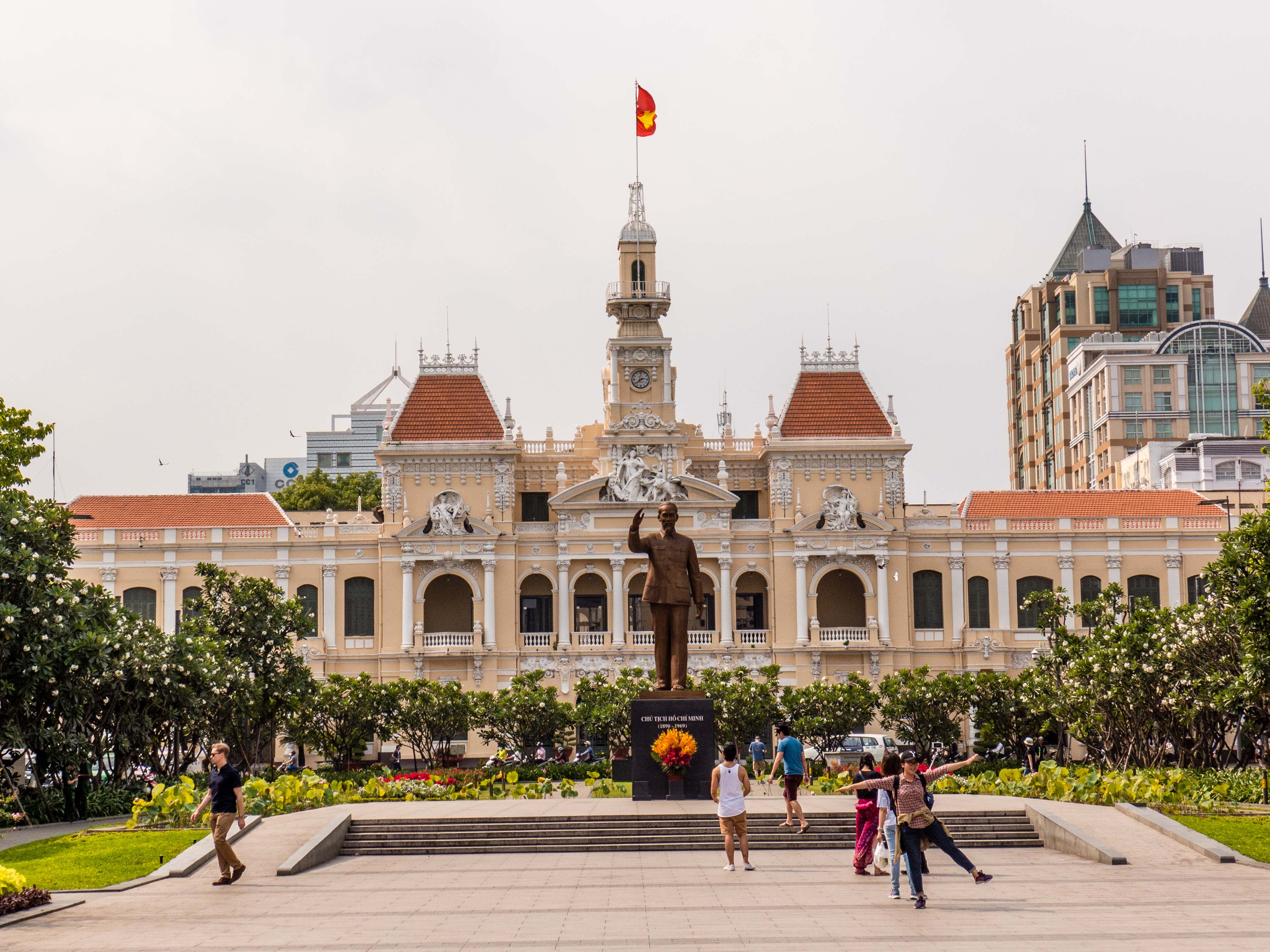

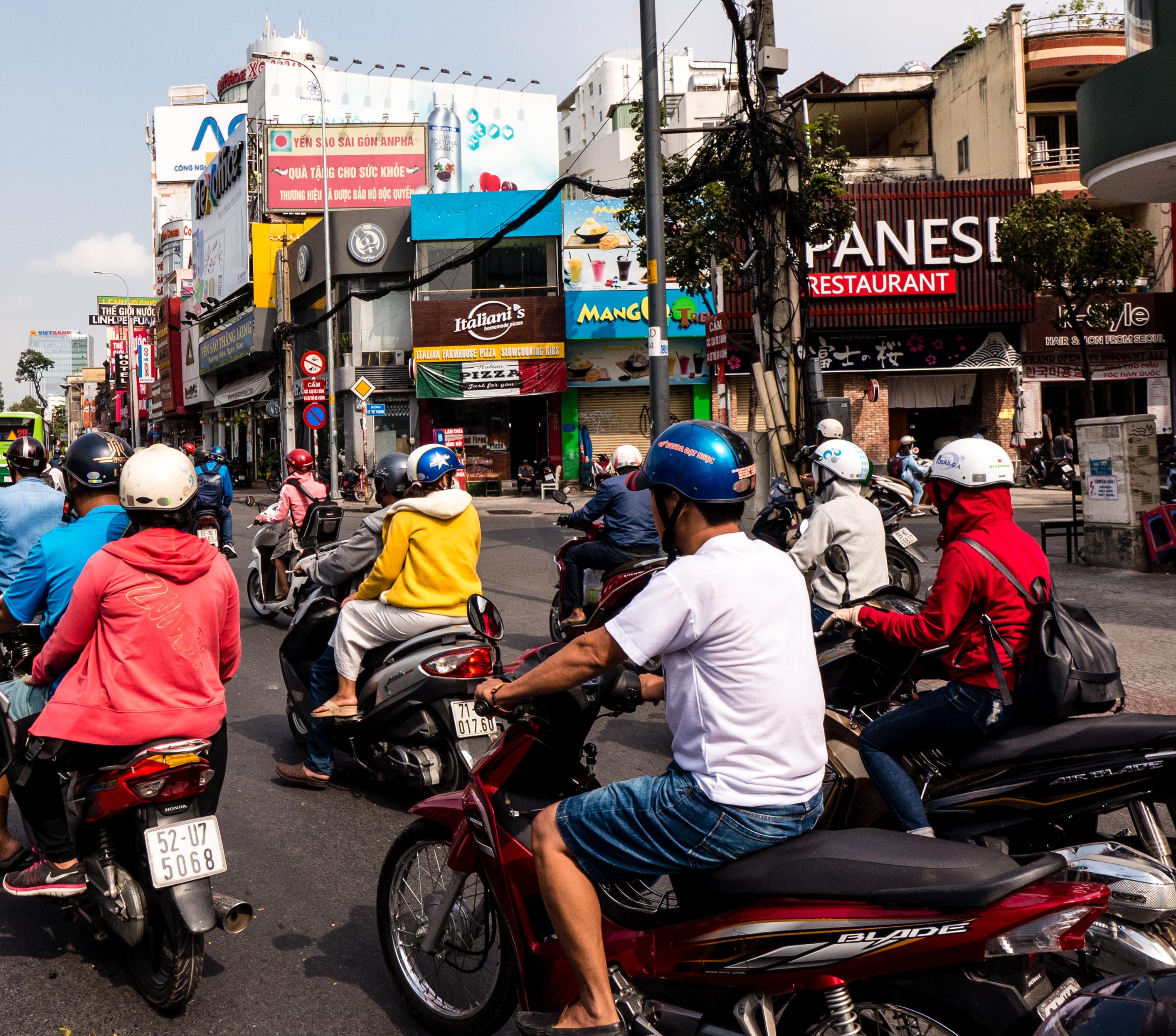
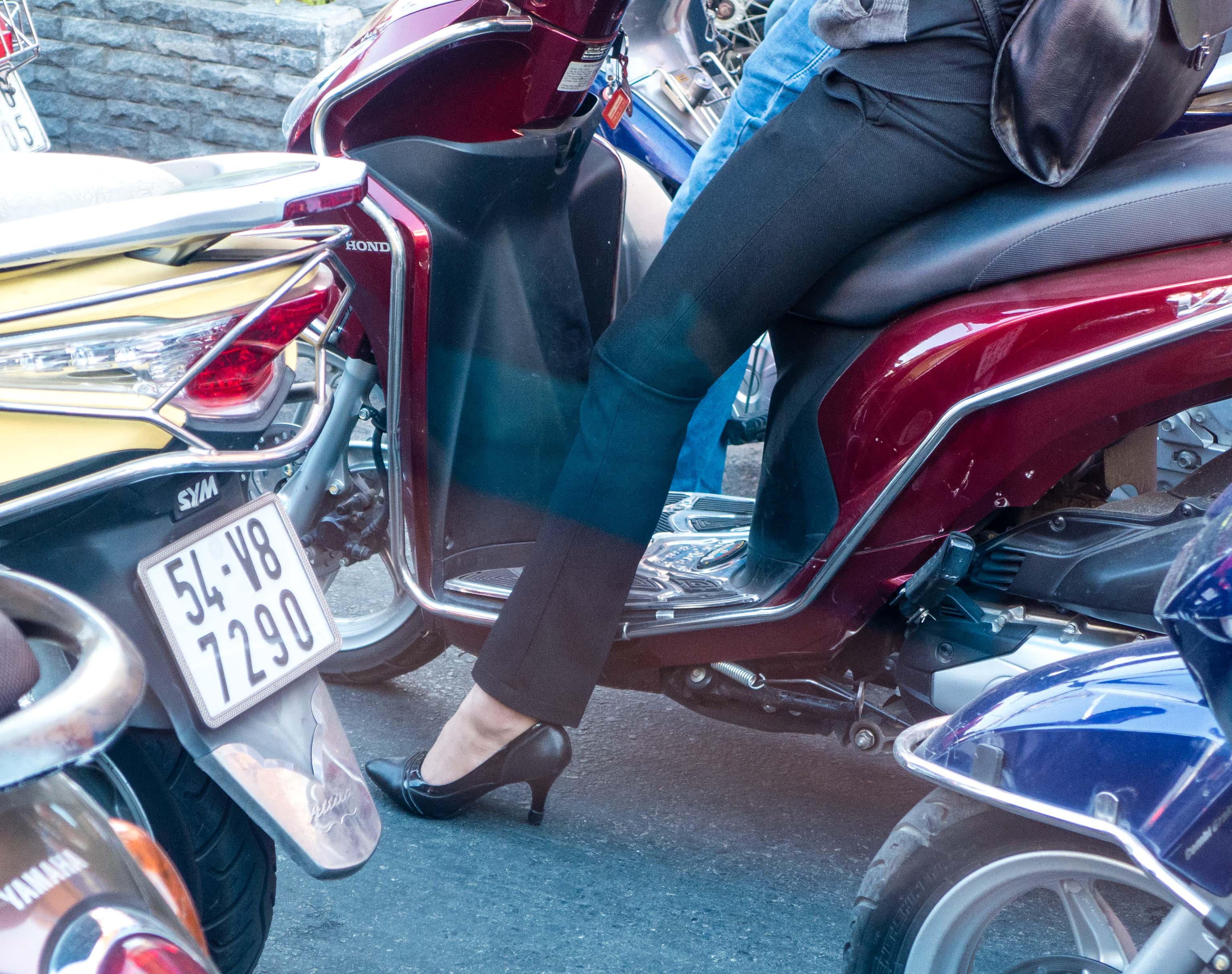
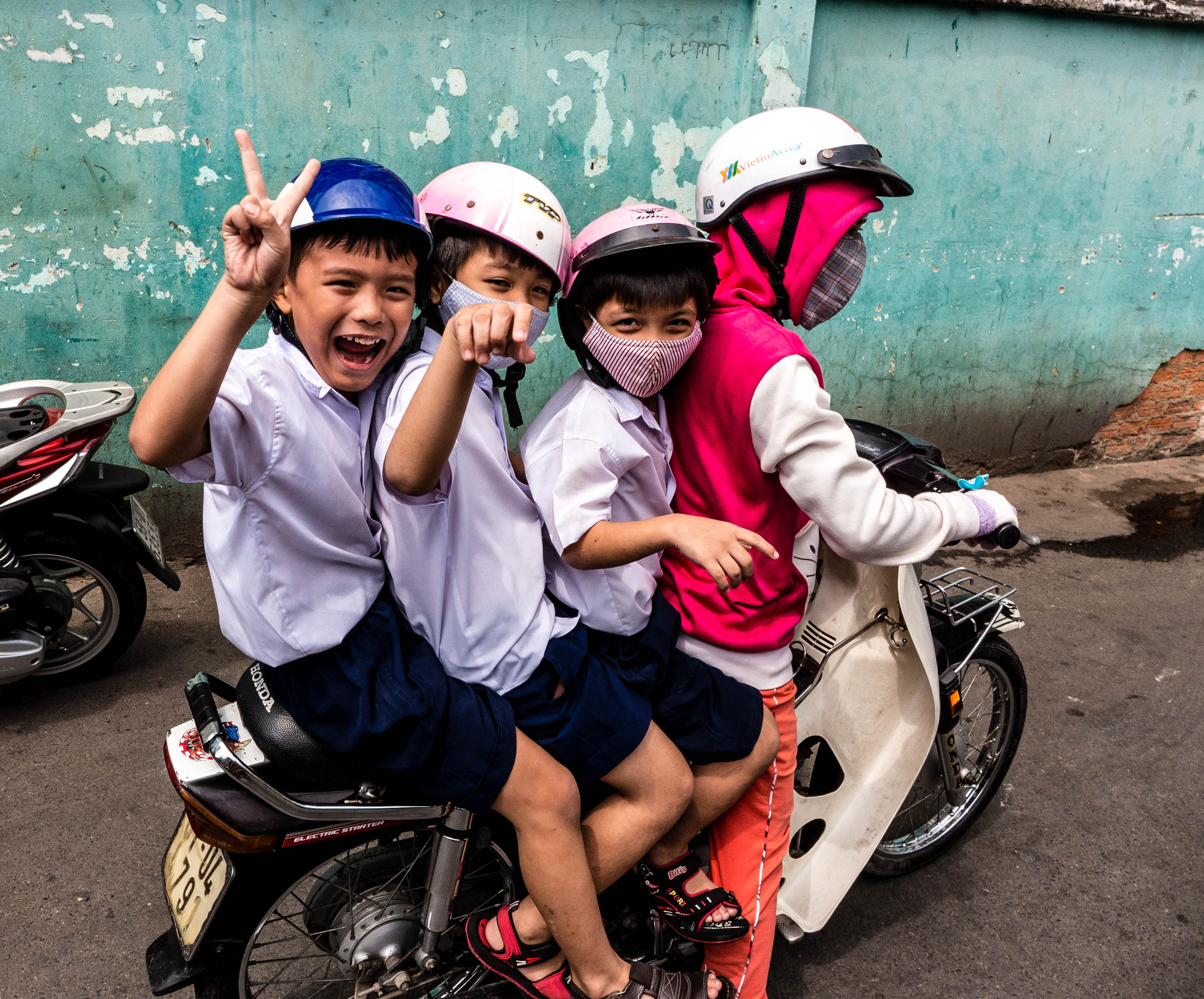
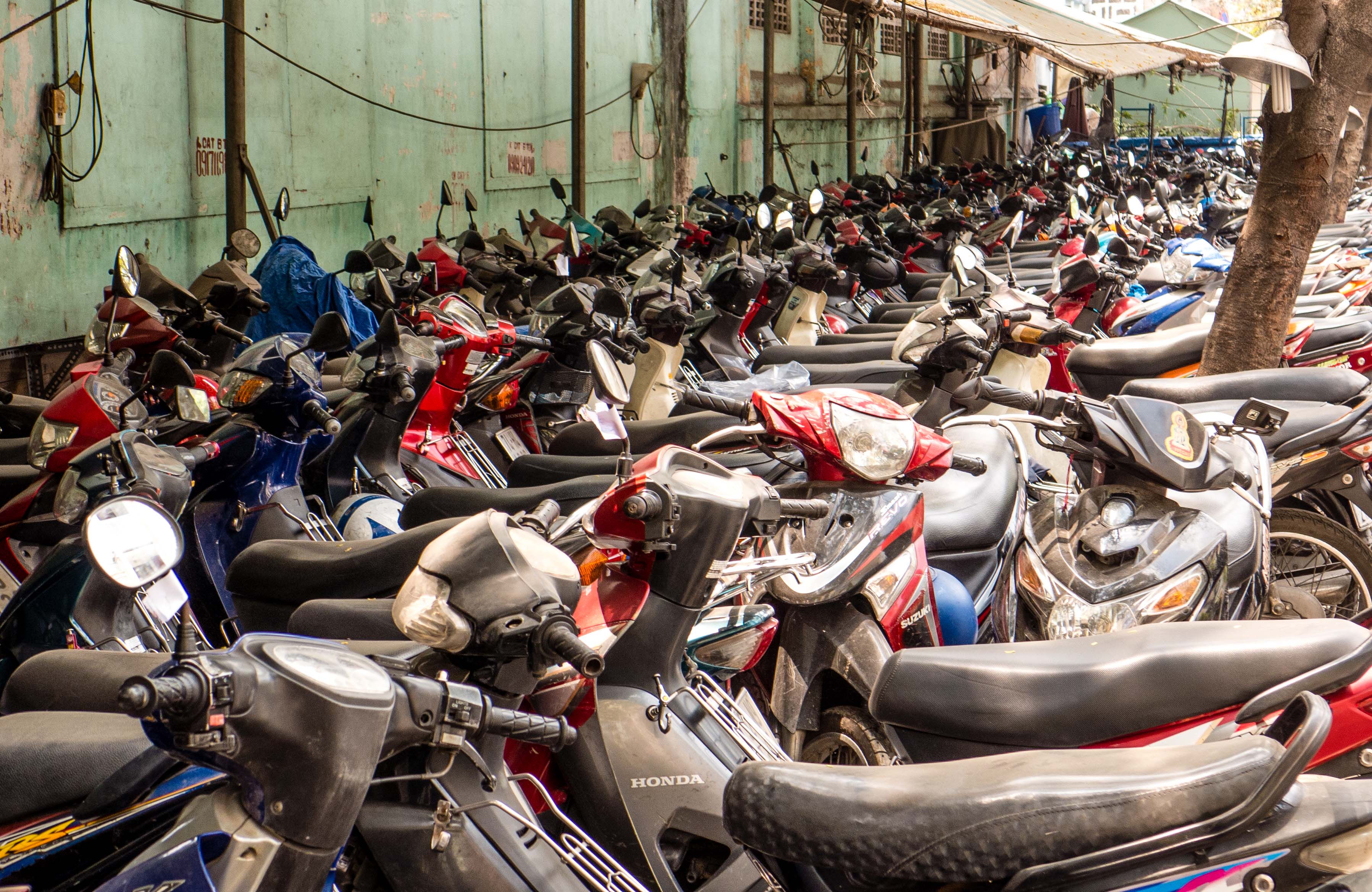
With our very helpful Private Vietnam Tour Guide, Kevin, we experienced Saigon:
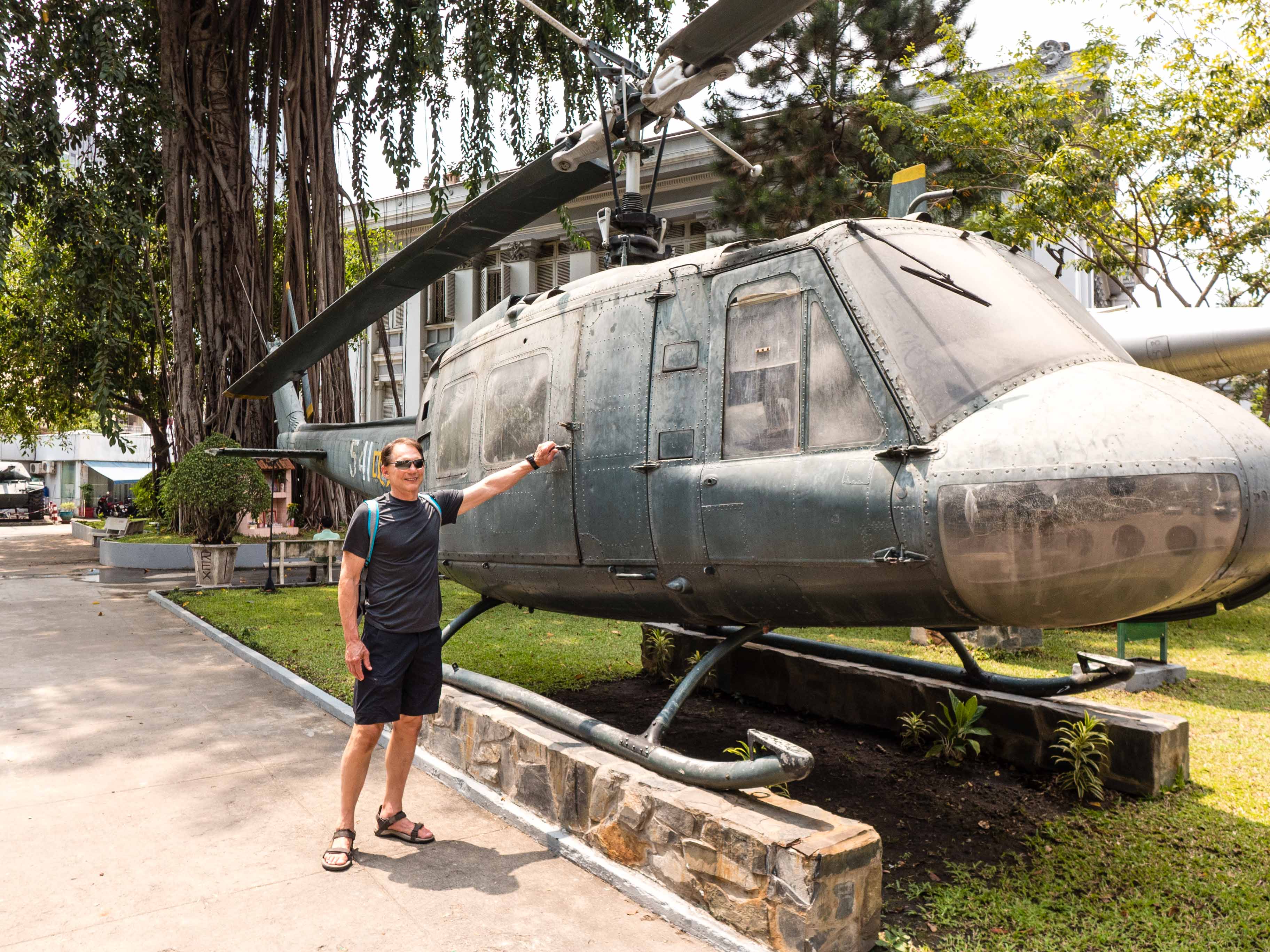
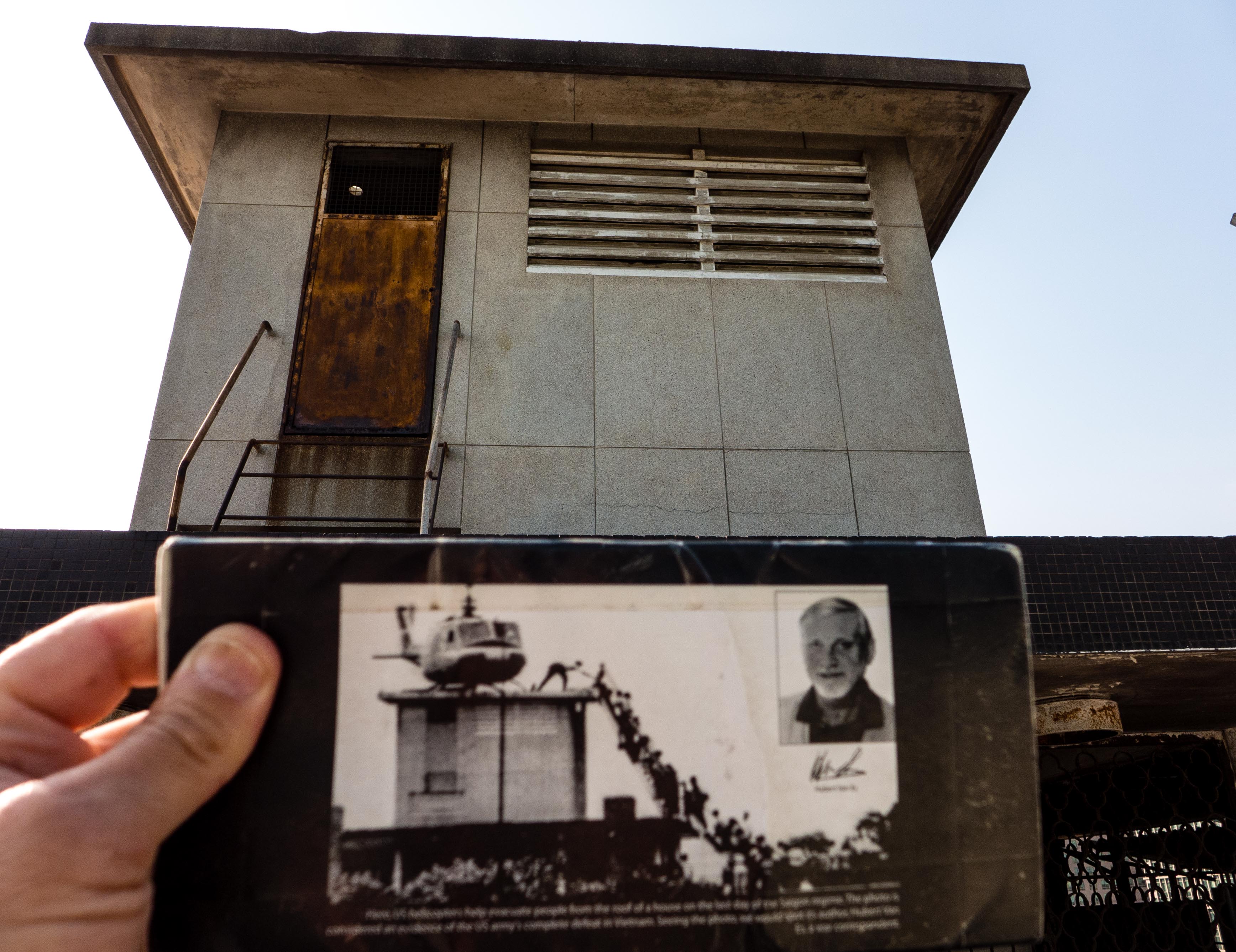
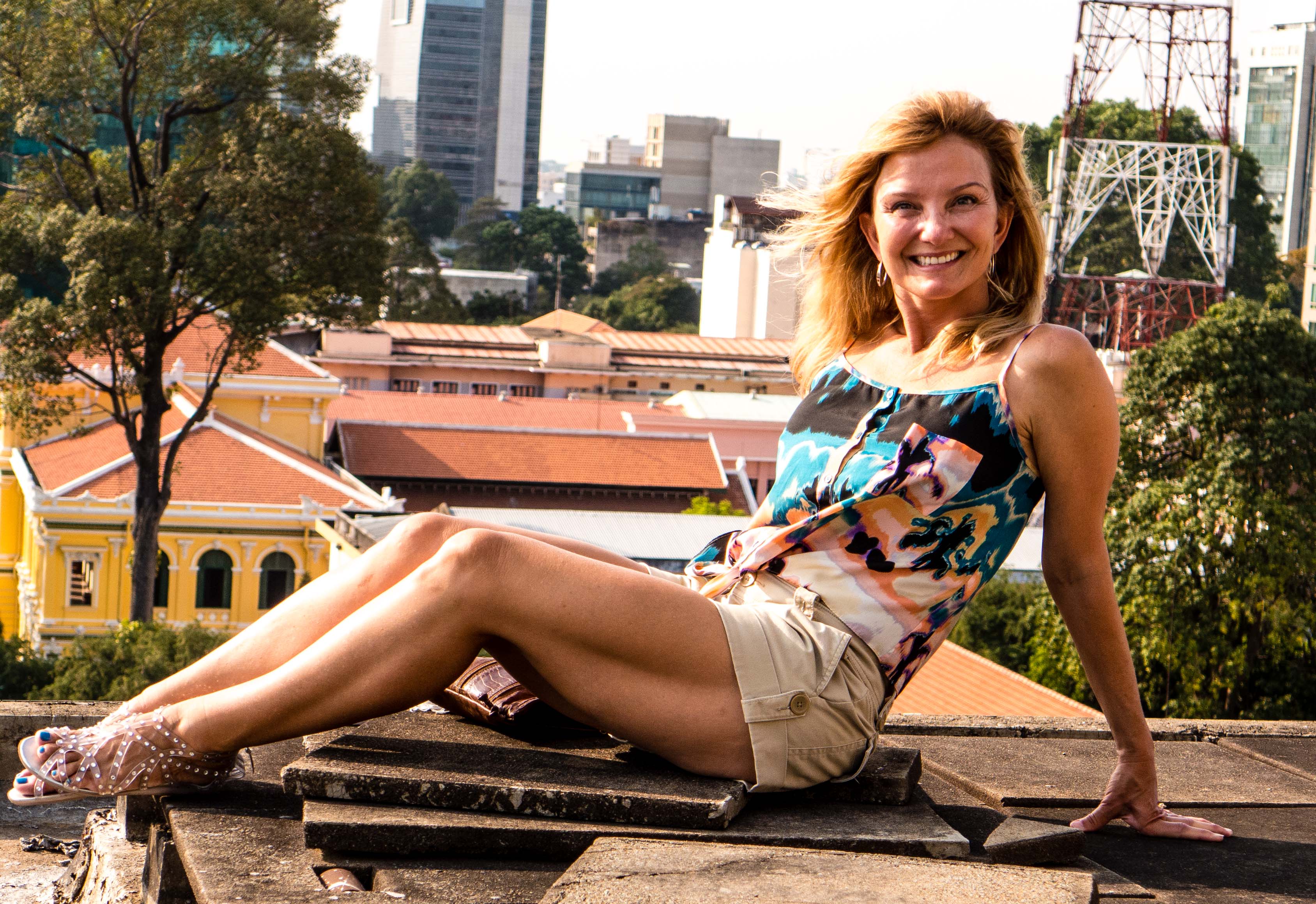
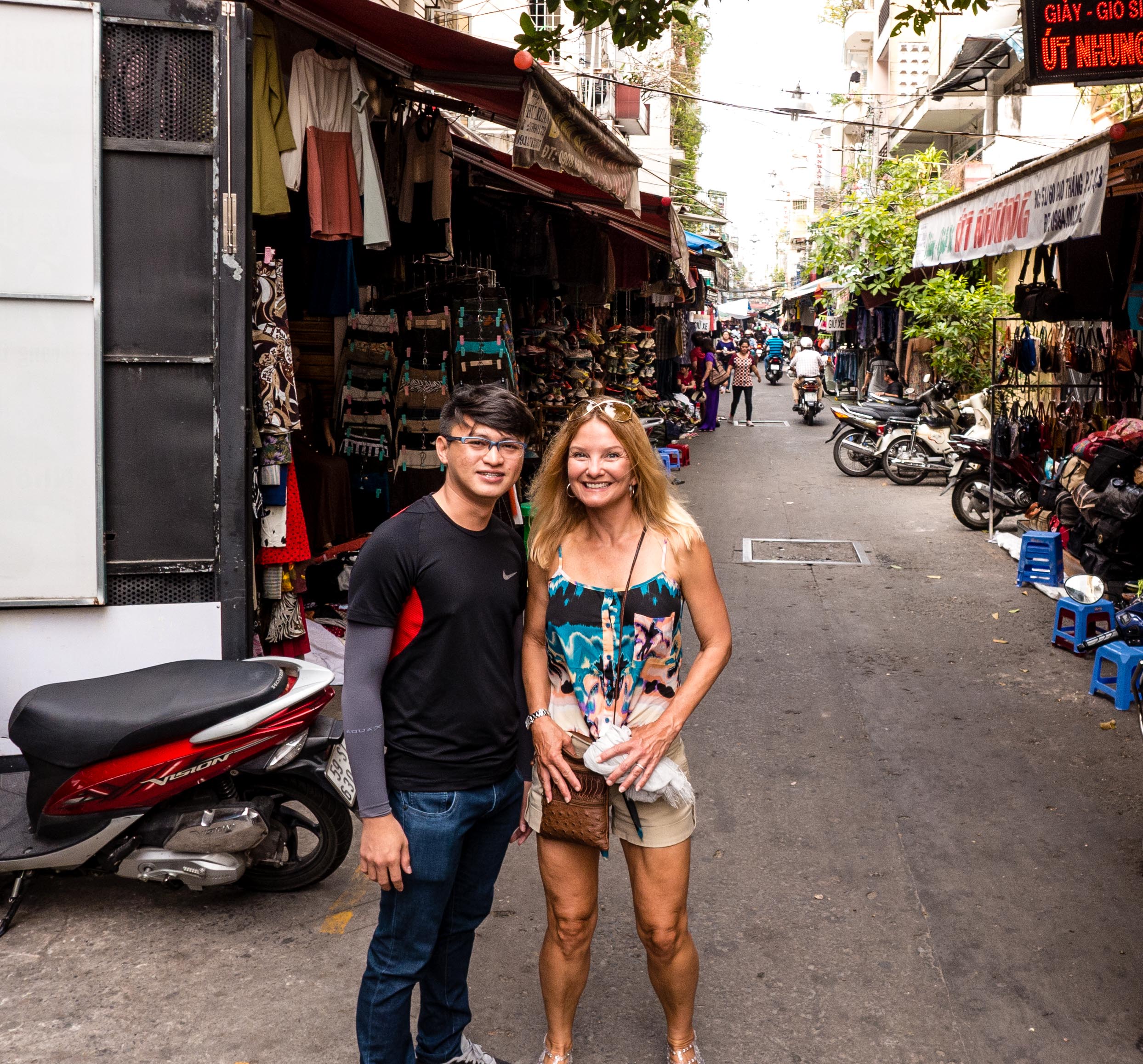
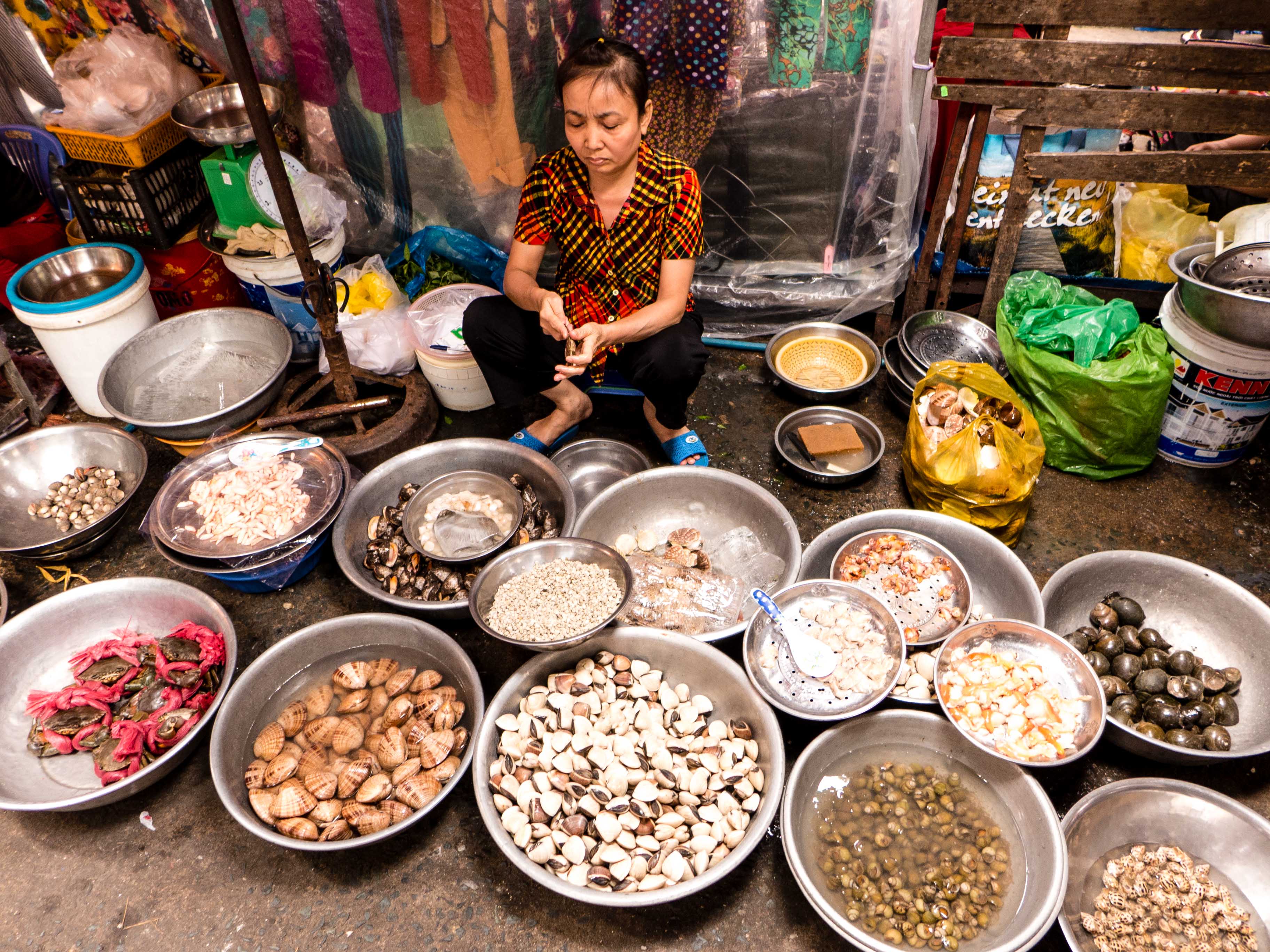
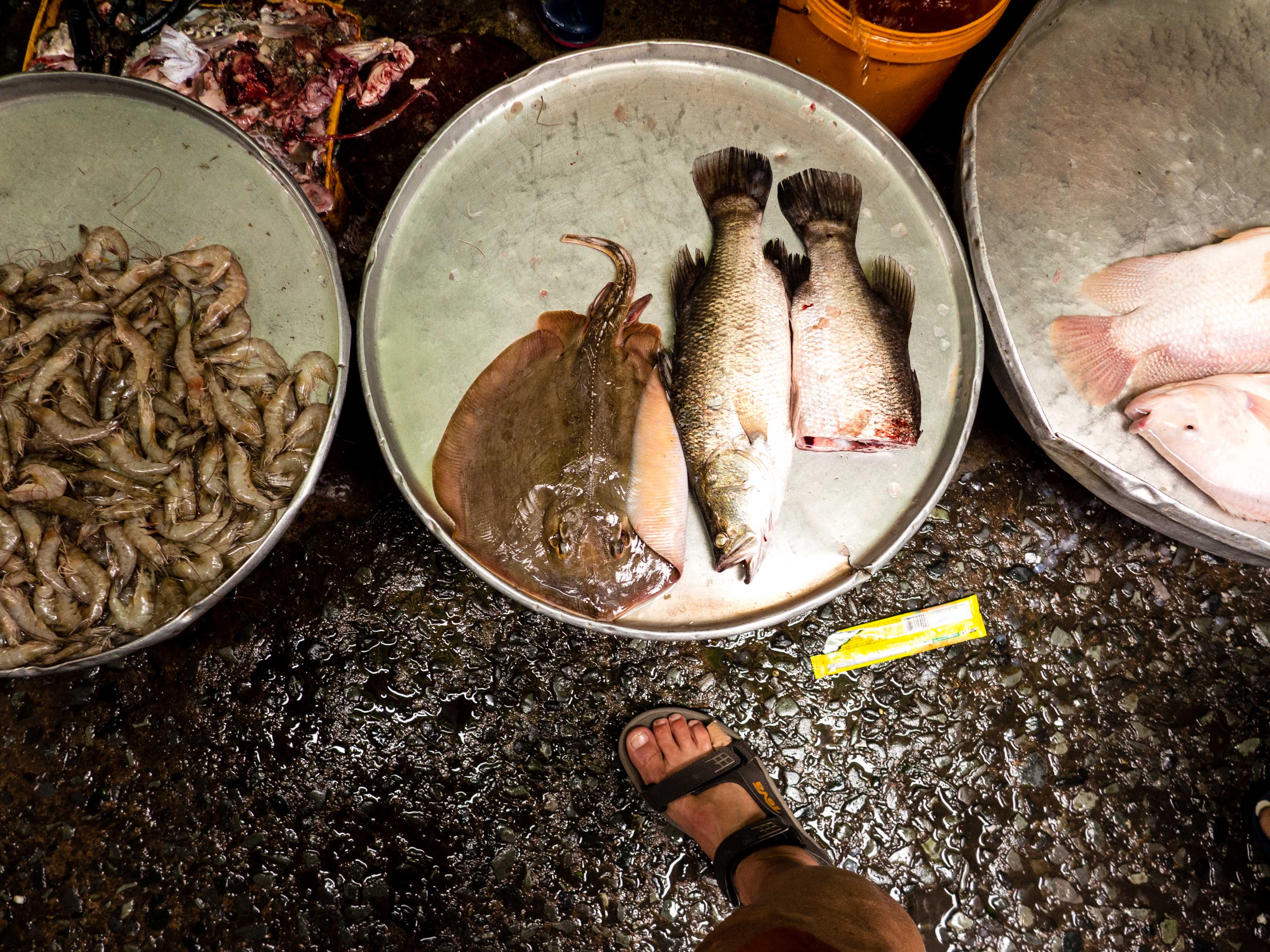
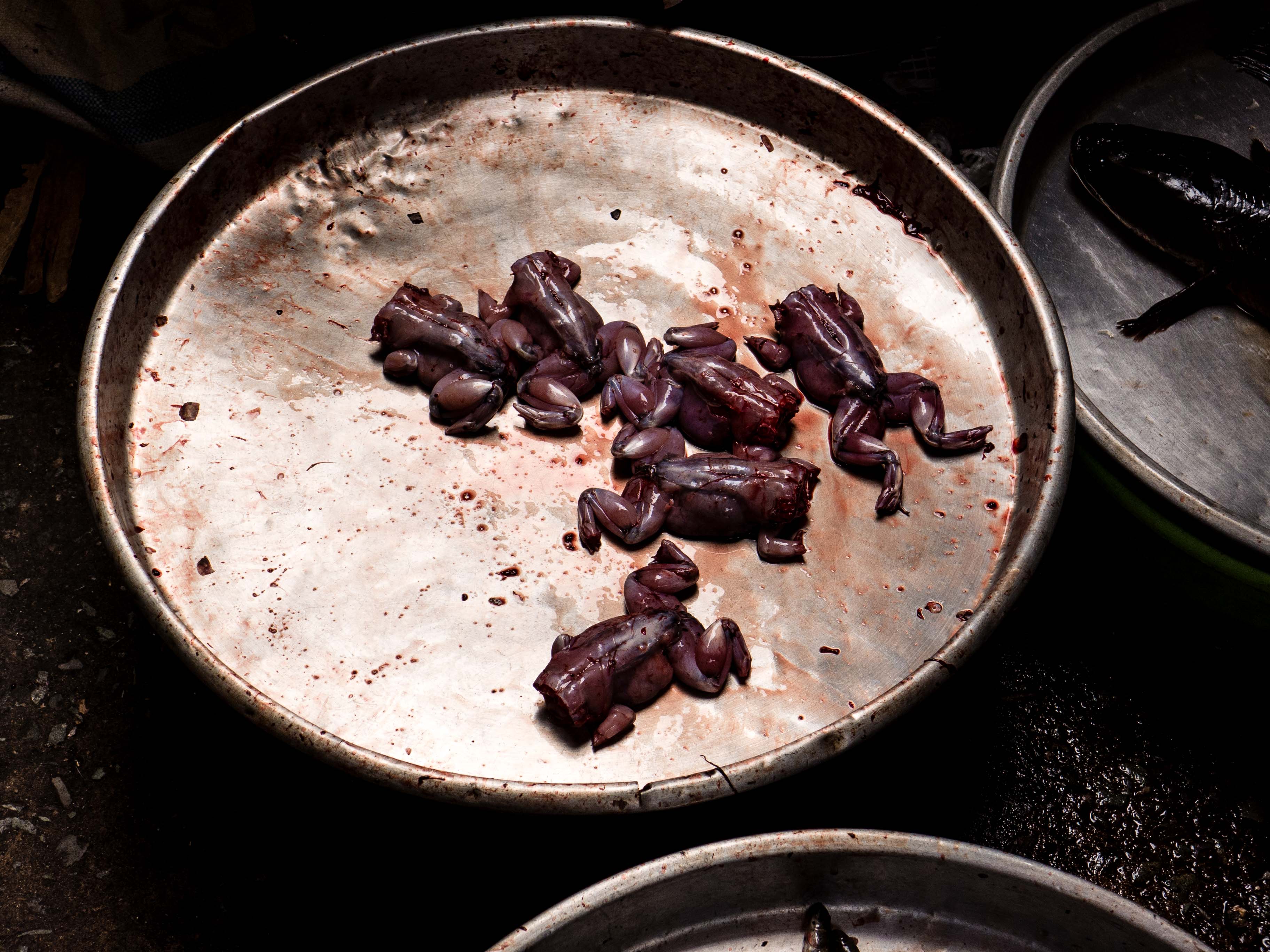
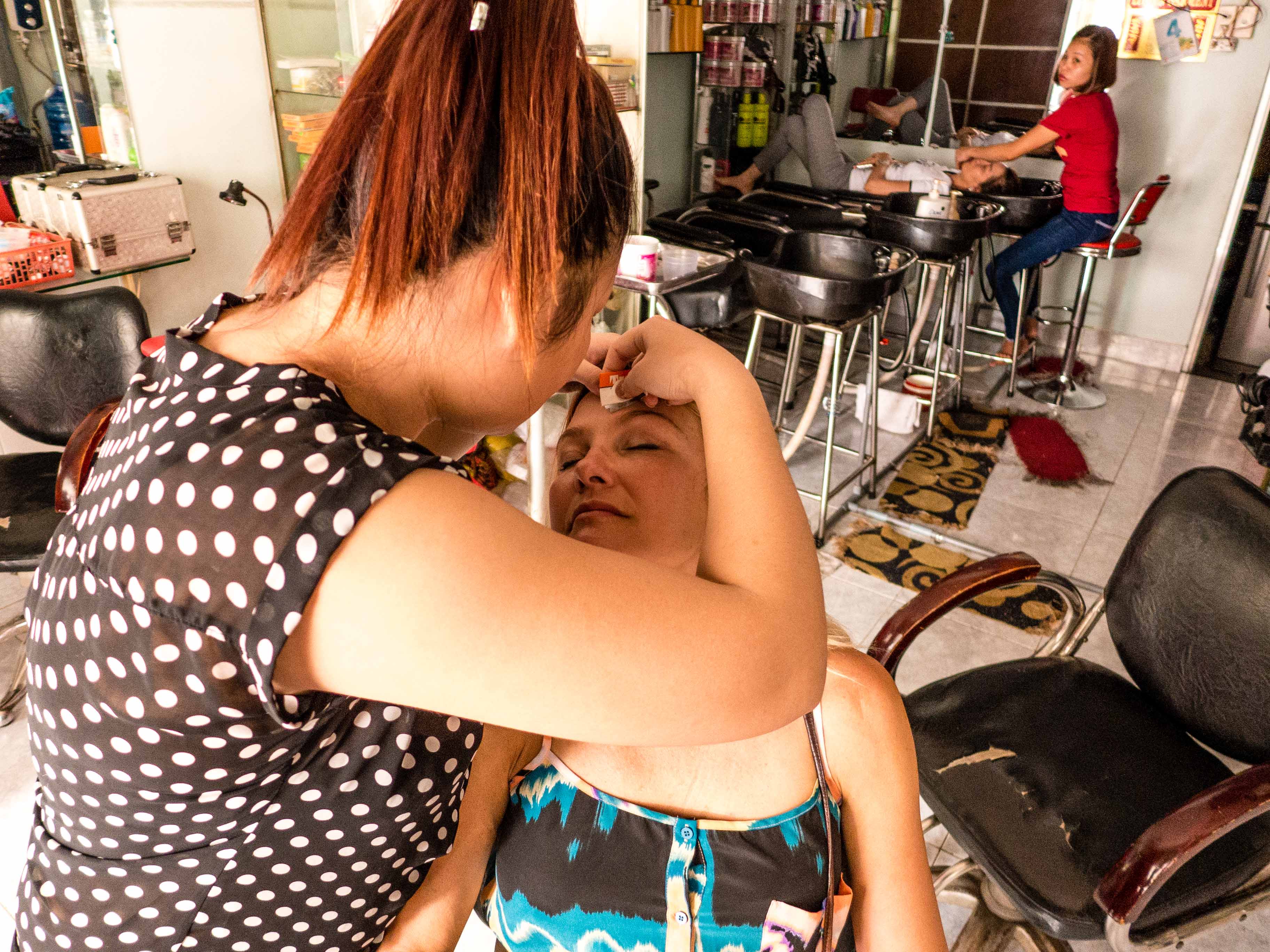
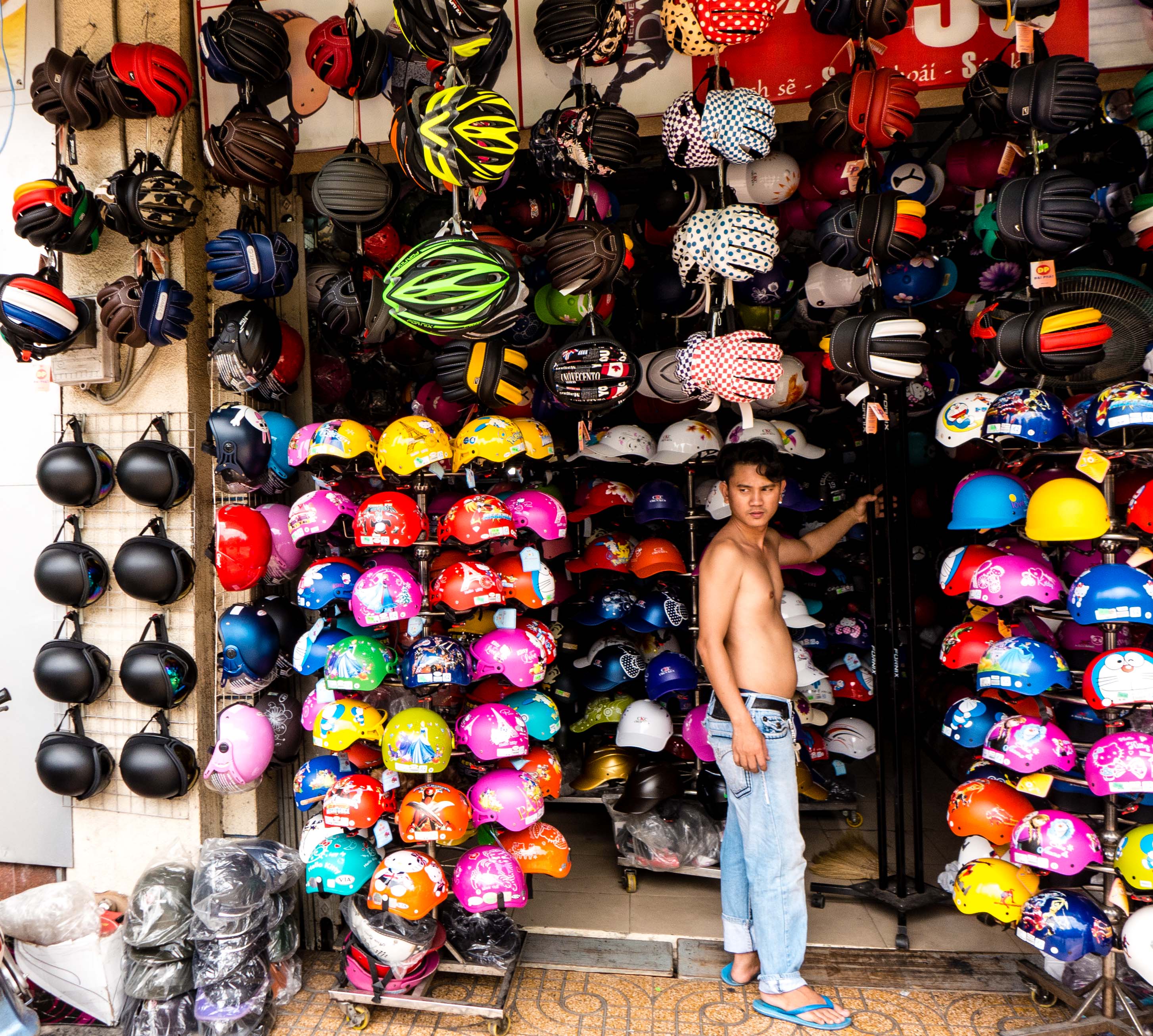
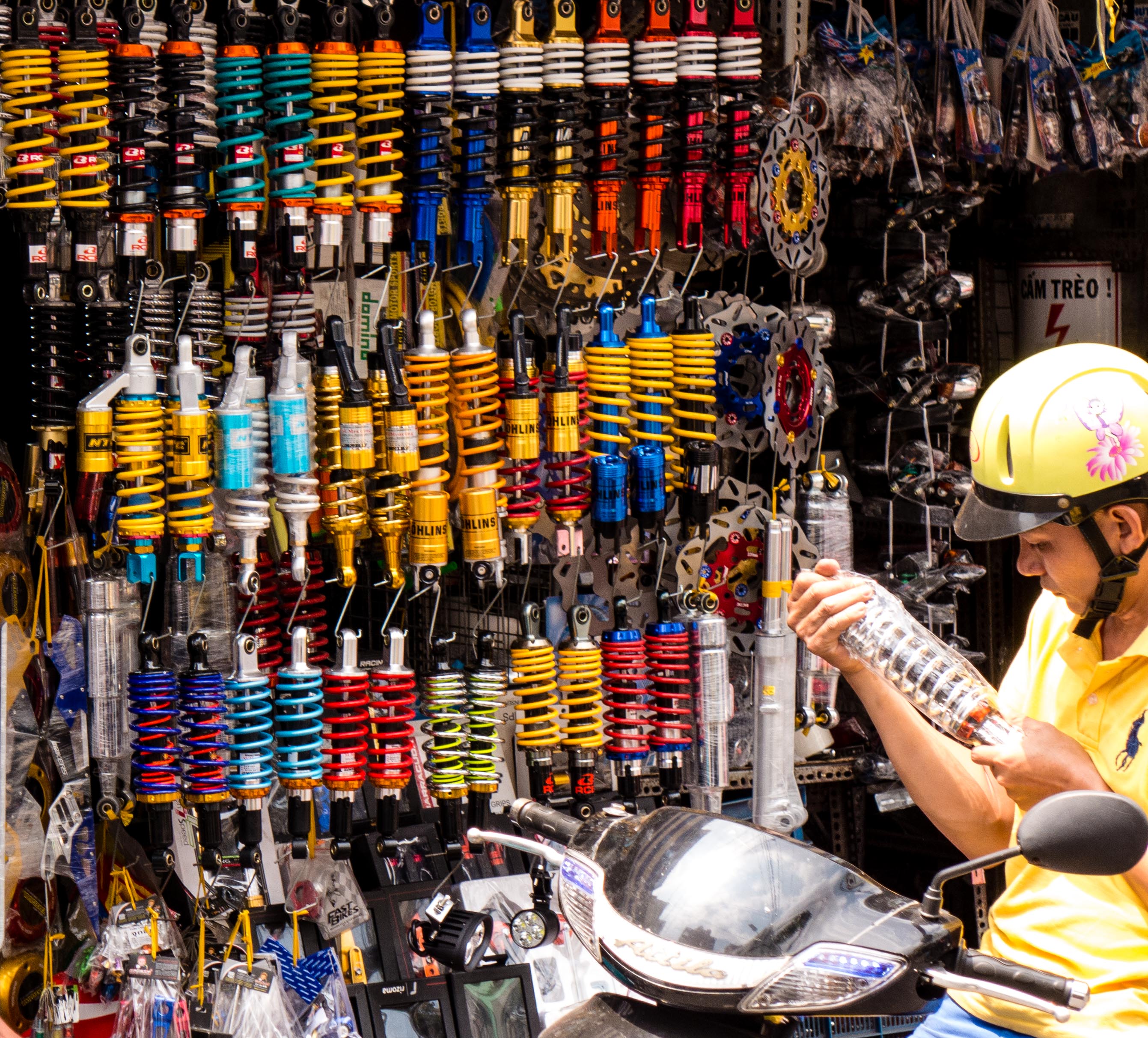
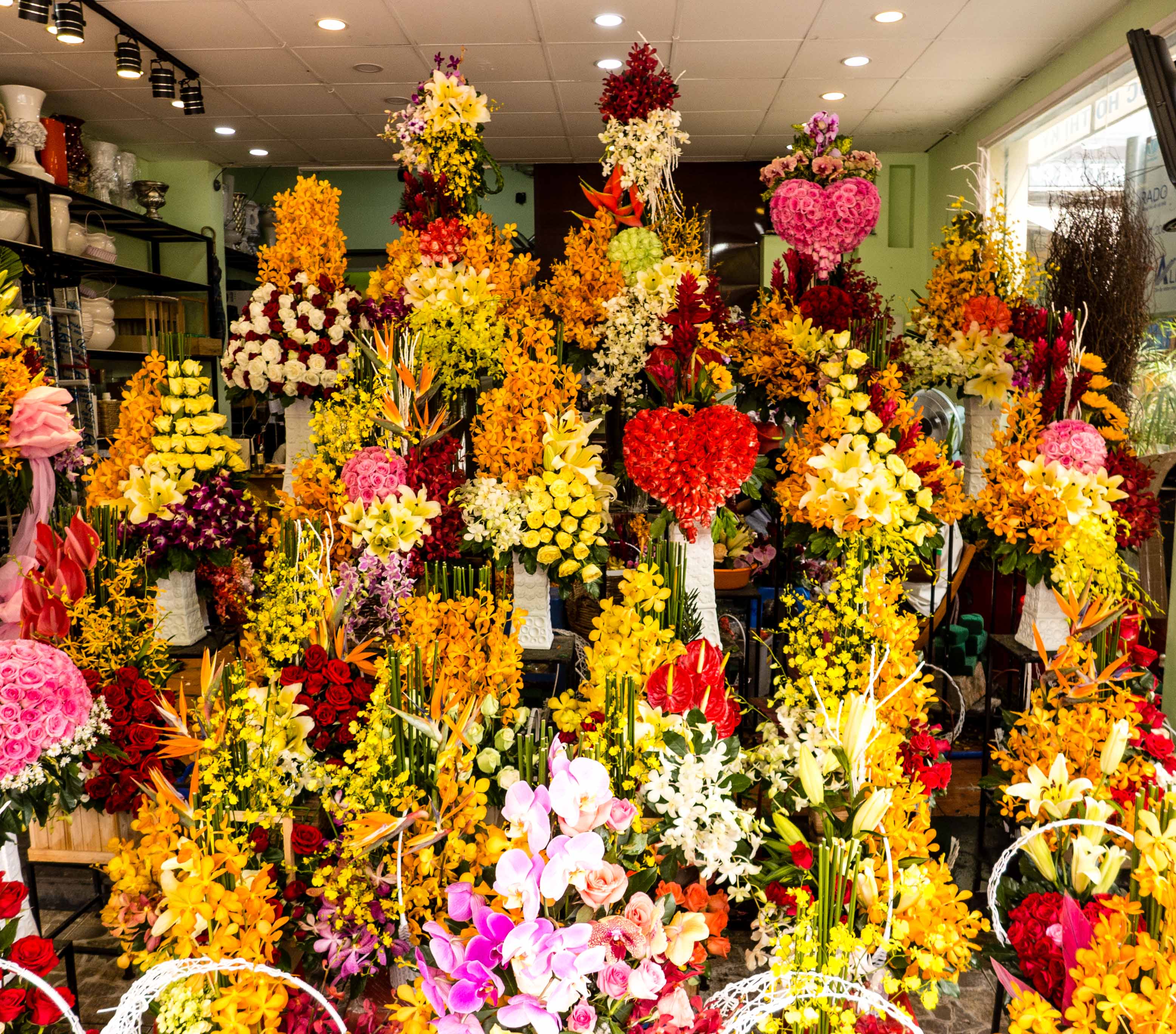
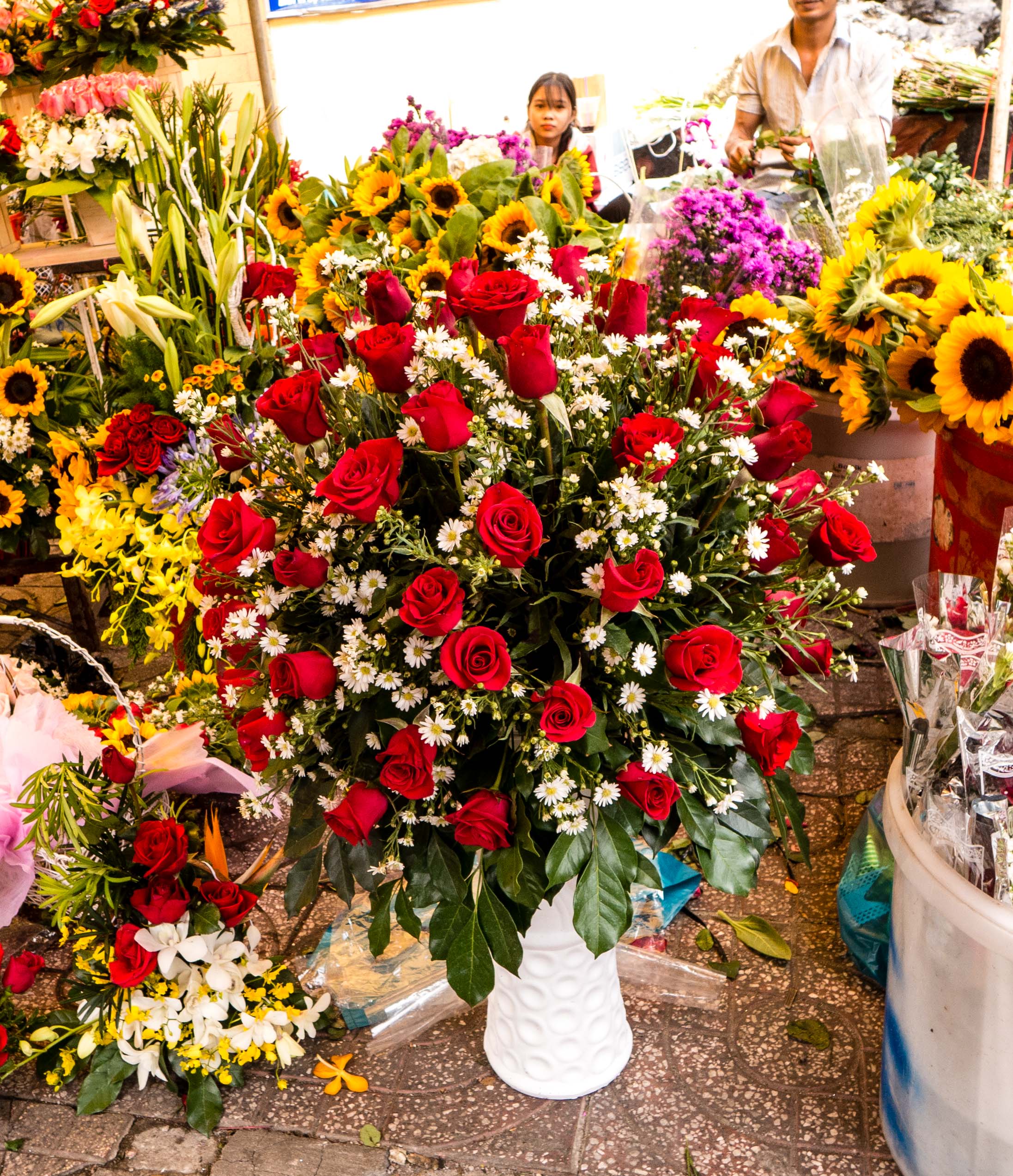
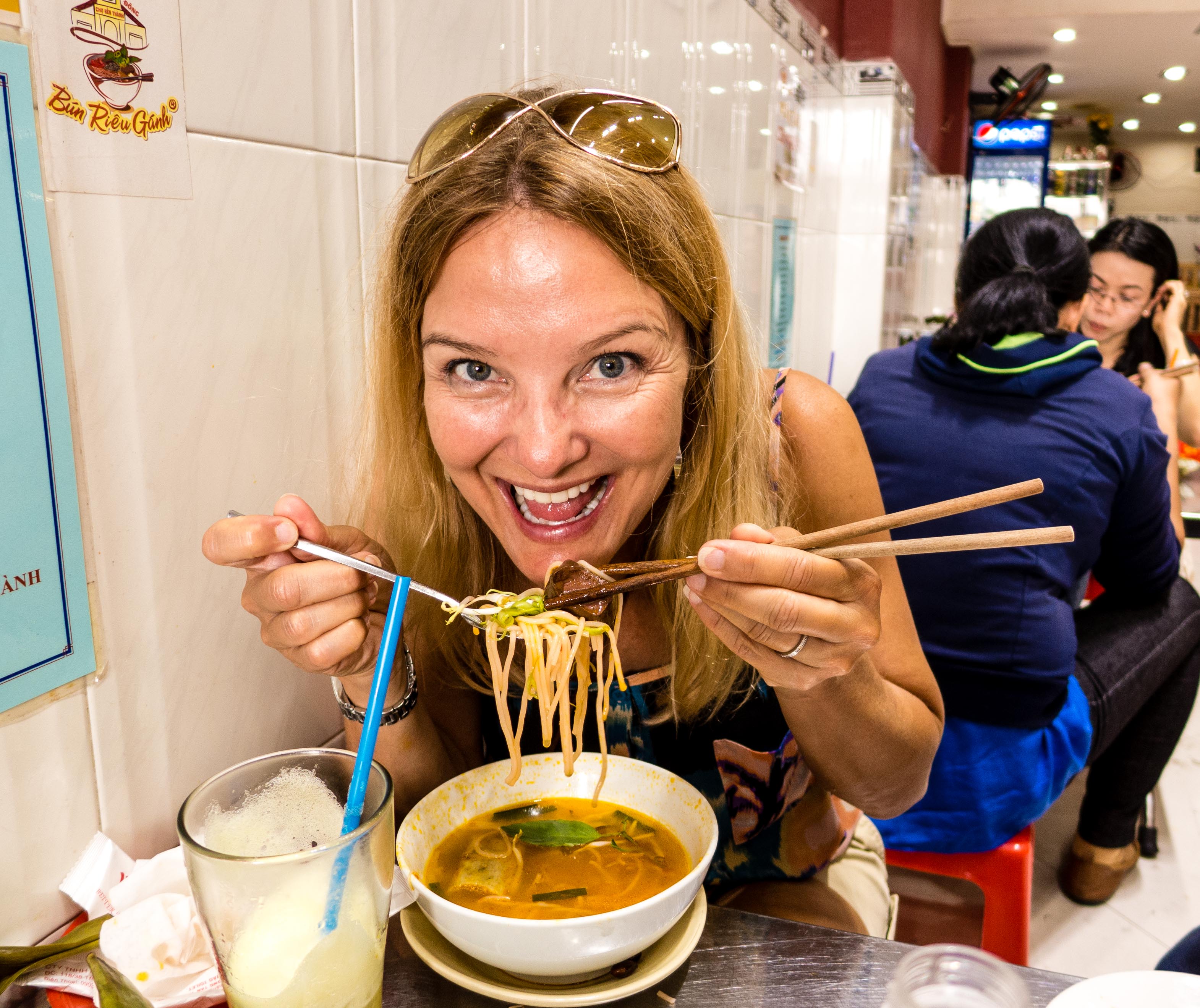
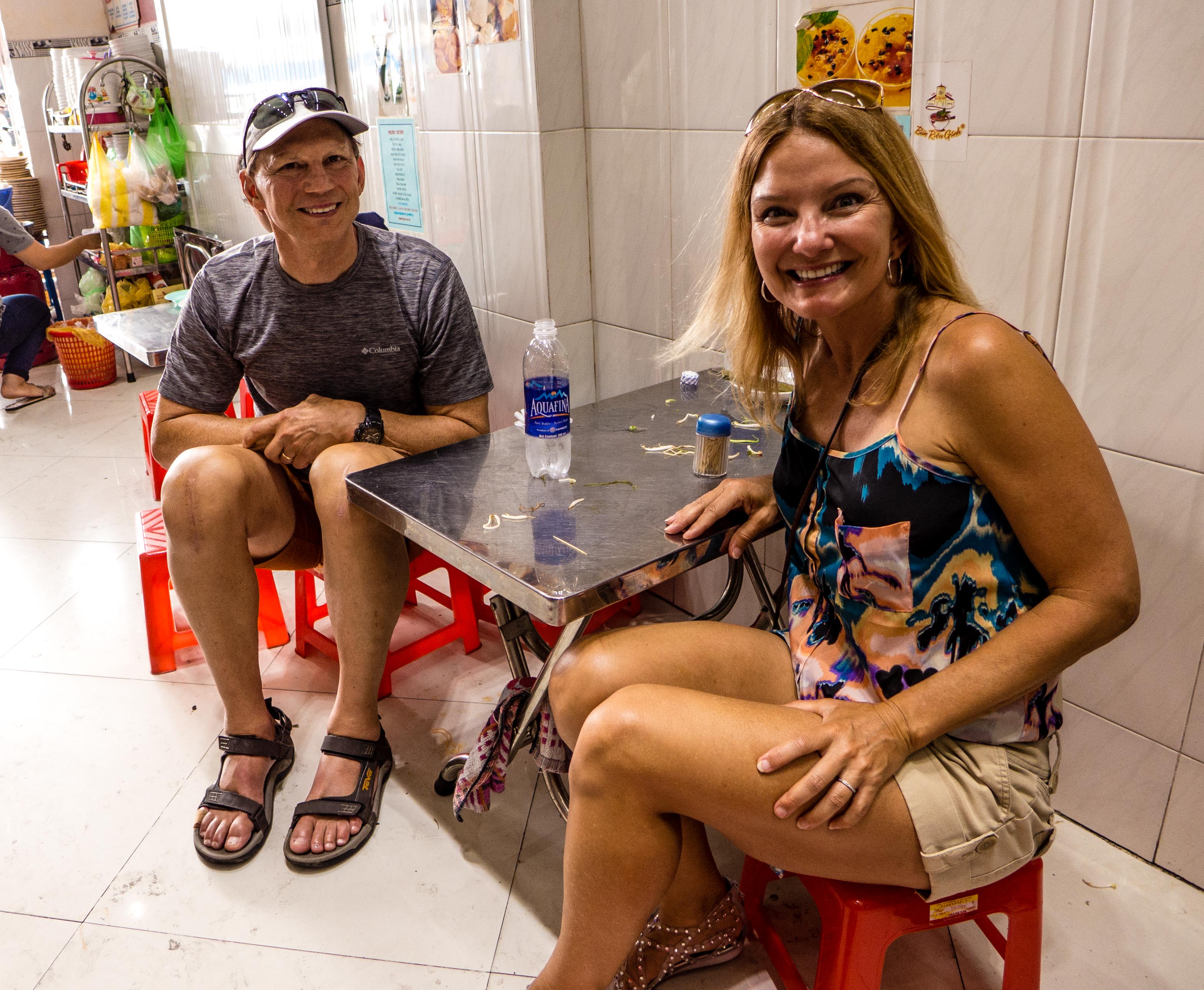
Next, we made a visit to the Củ Chi tunnels. According to Wikipedia, “The tunnels of Củ Chi are an immense network of connecting underground tunnels located in the Củ Chi District of Ho Chi Minh City (Saigon), Vietnam, and are part of a much larger network of tunnels that underlie much of the country. The Củ Chi tunnels were the location of several military campaigns during the Vietnam War, and were the Viet Cong’s base of operations for the Tết Offensive in 1968. The tunnels were used by Viet Cong soldiers as hiding spots during combat, as well as serving as communication and supply routes, hospitals, food and weapon caches and living quarters for numerous North Vietnamese fighters. The tunnel systems were of great importance to the Viet Cong in their resistance to American forces, and helped to counter the growing American military effort.”
For more information, see Wiki.
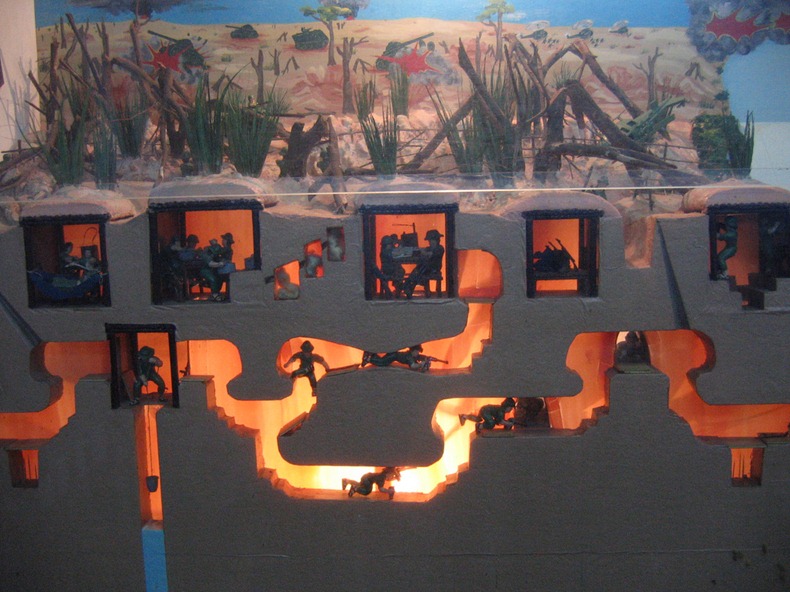
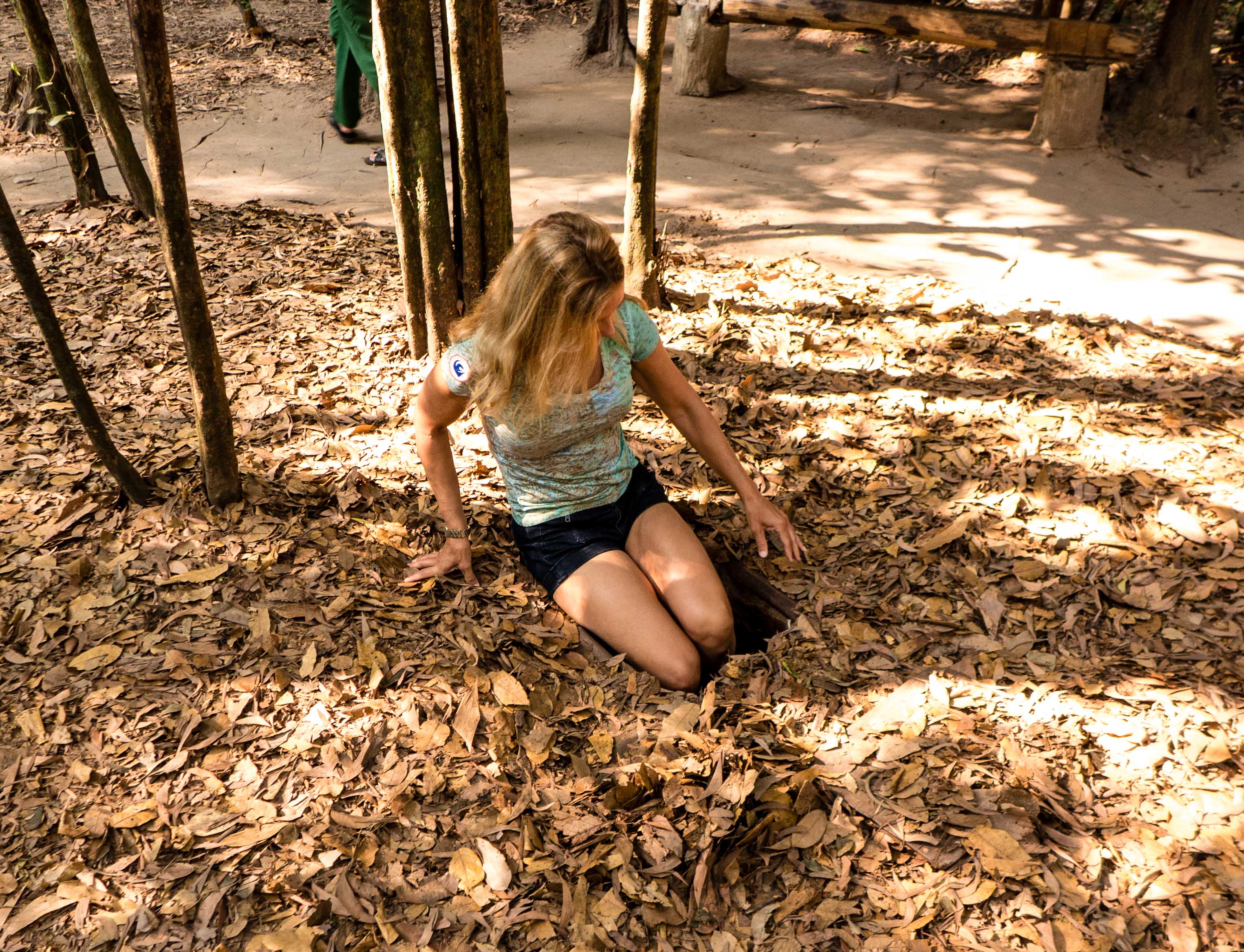
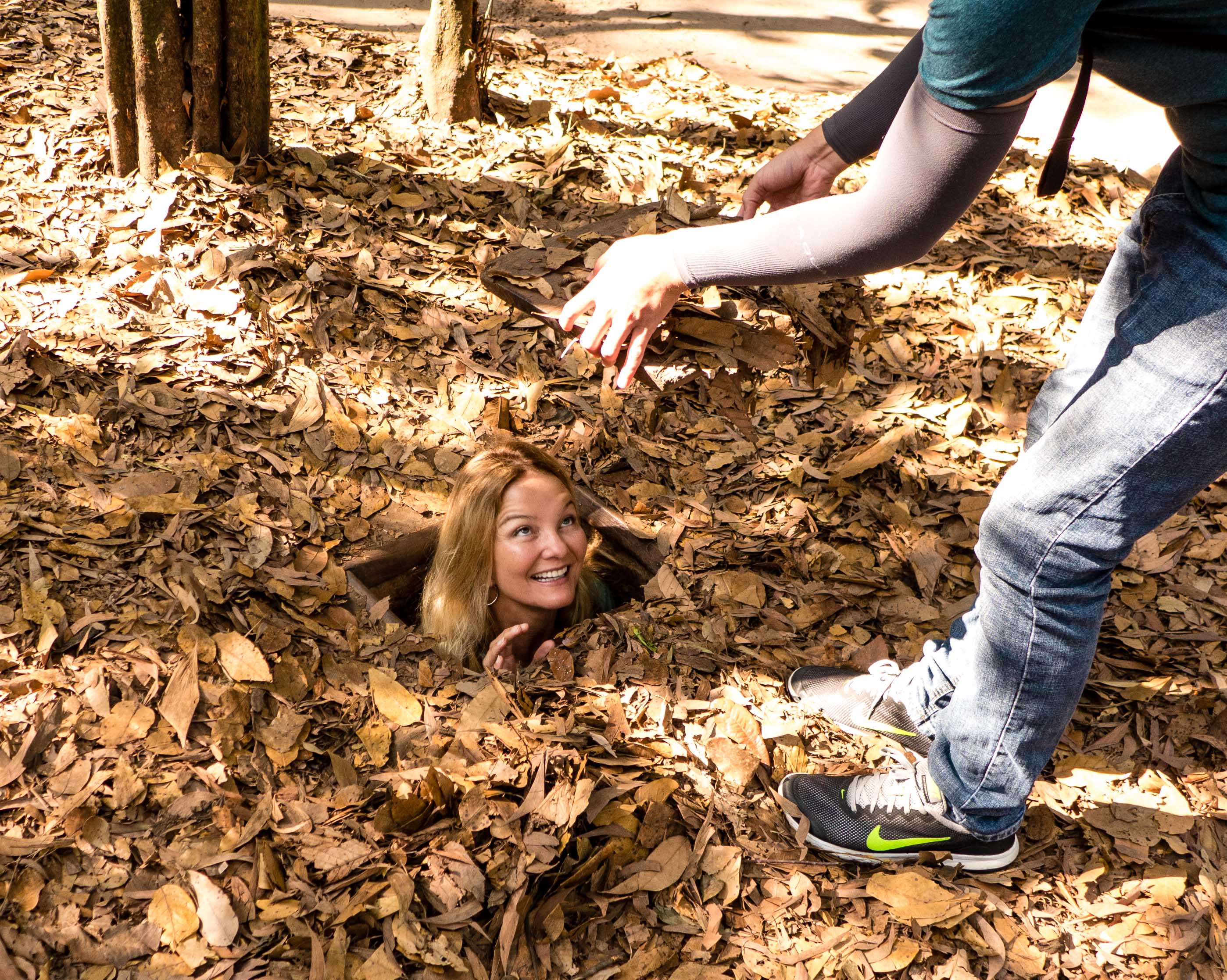
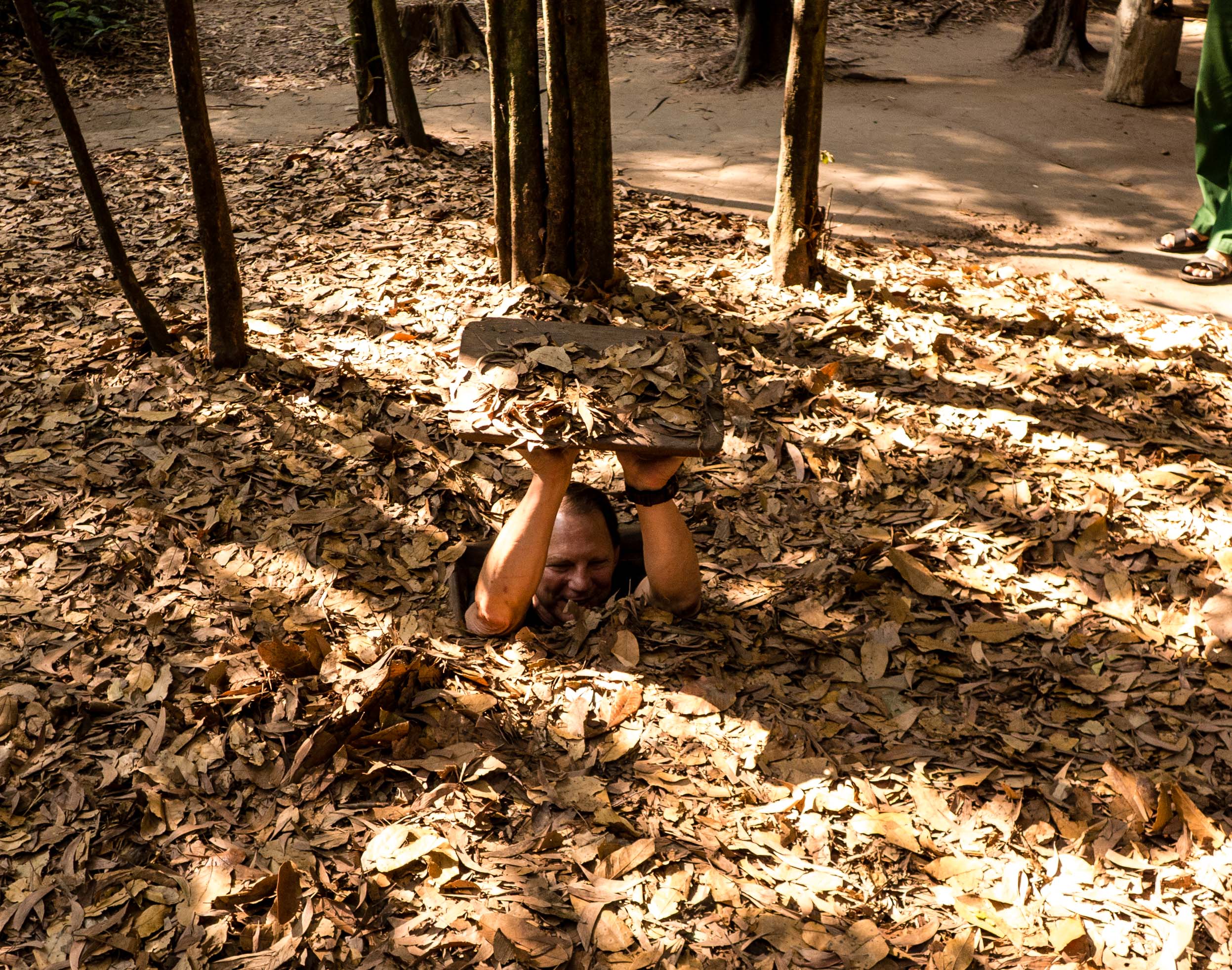
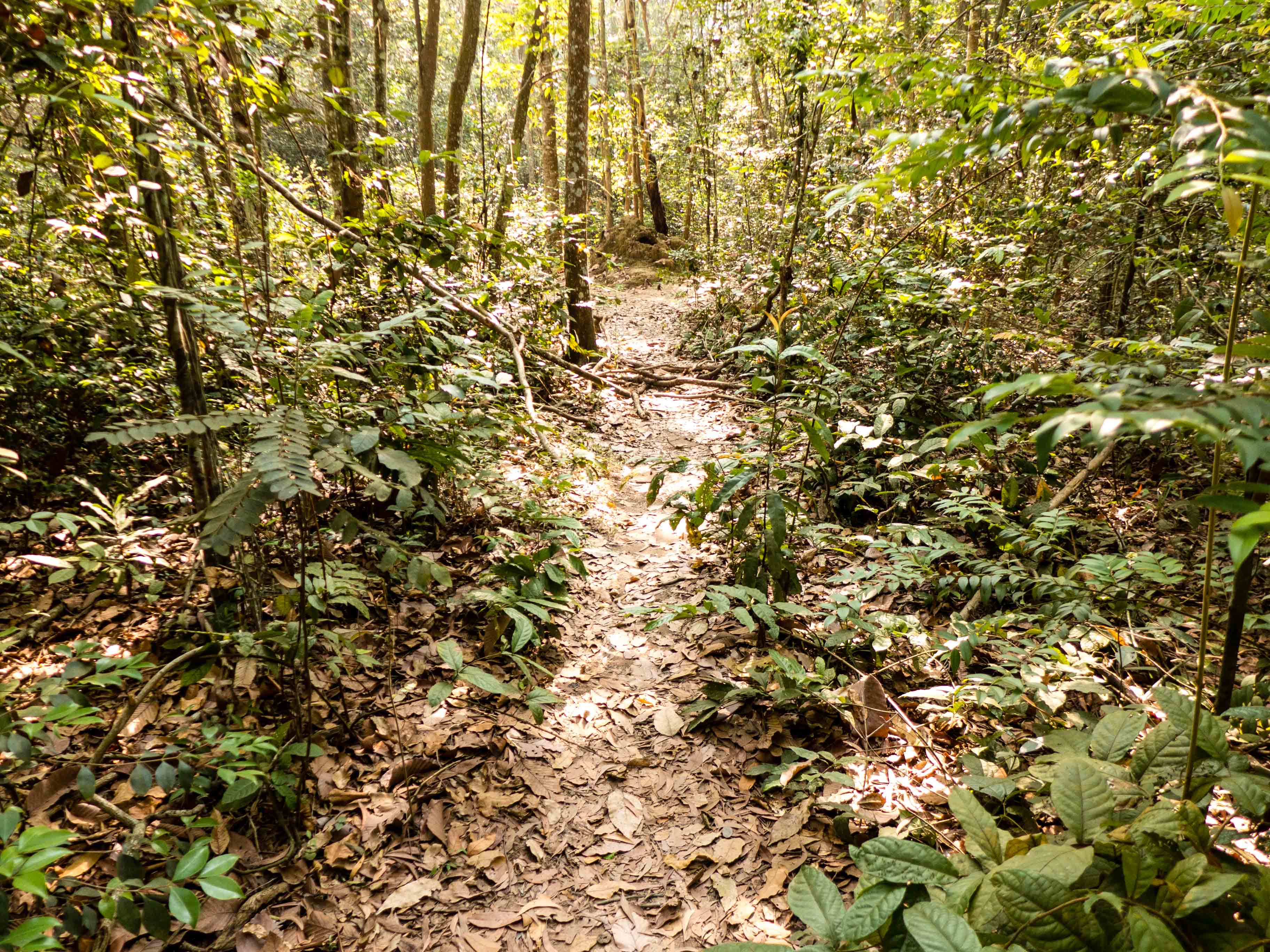
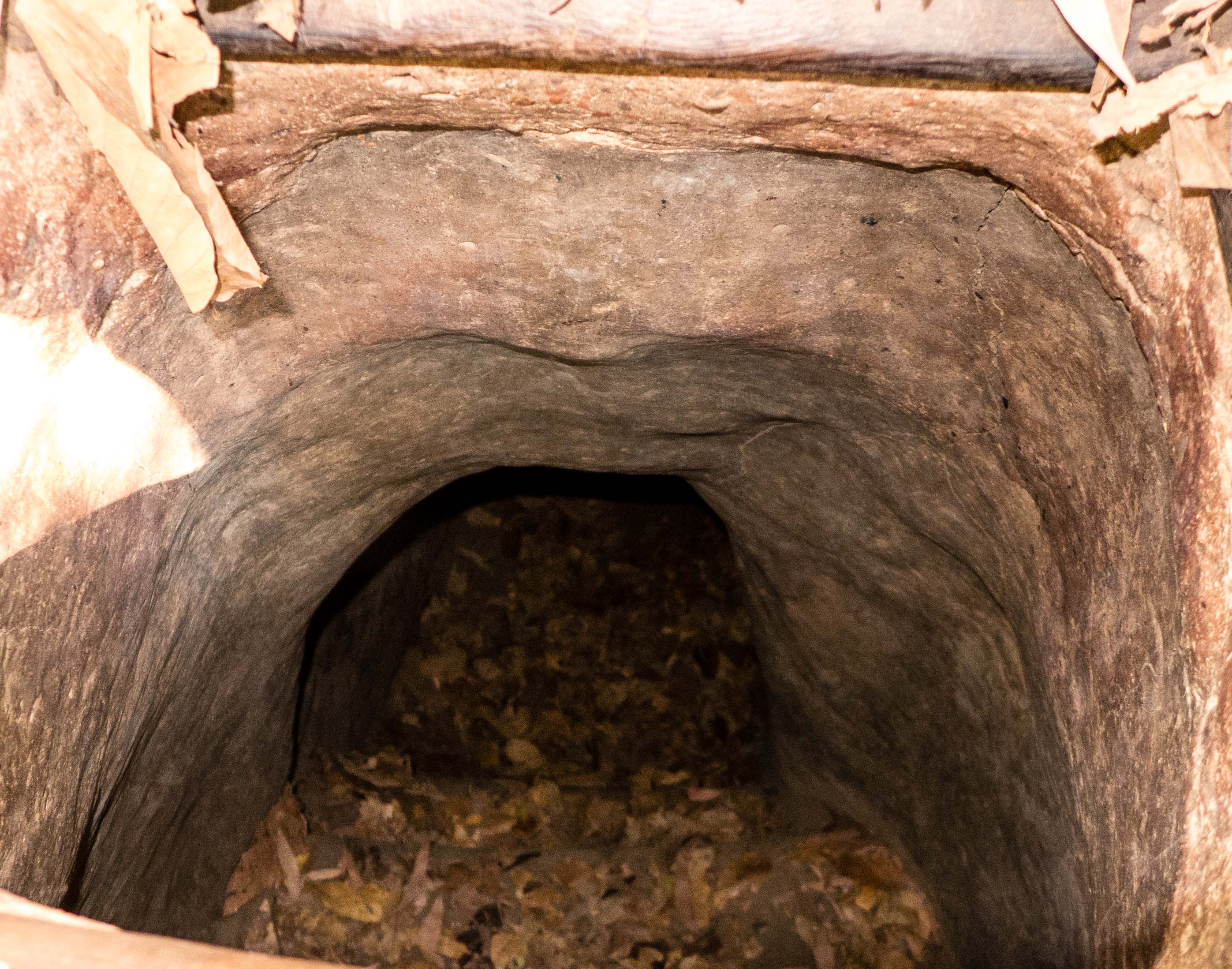
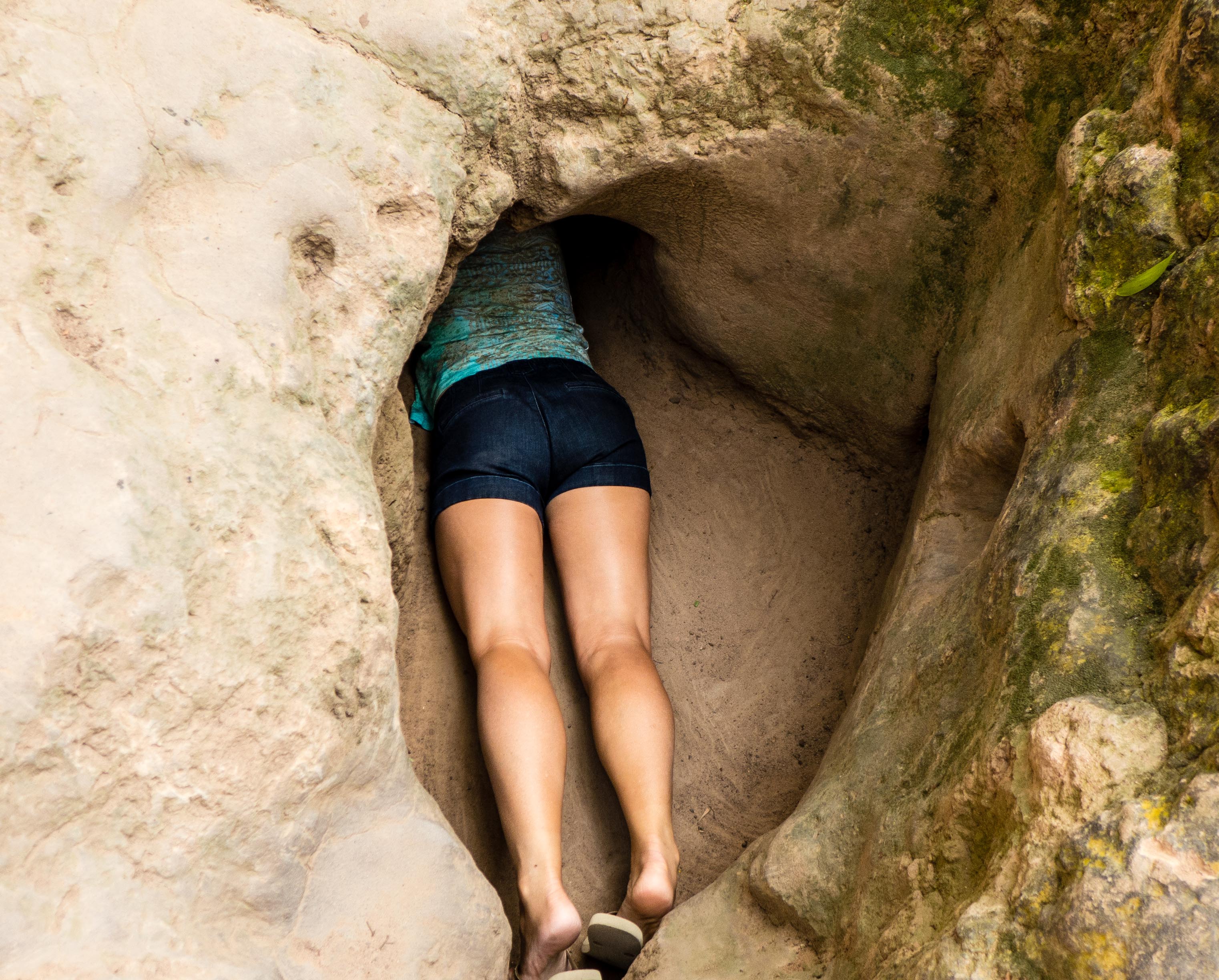
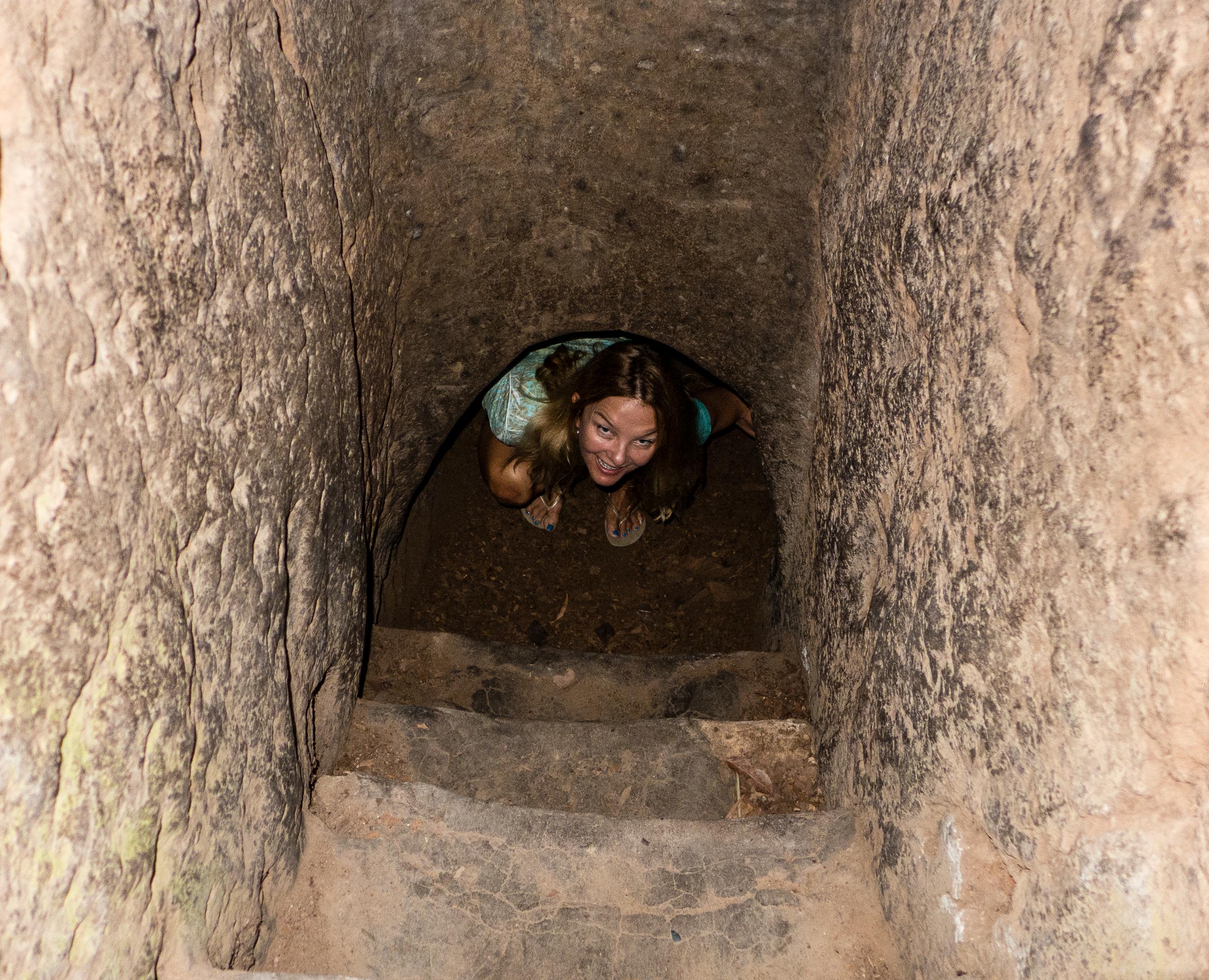
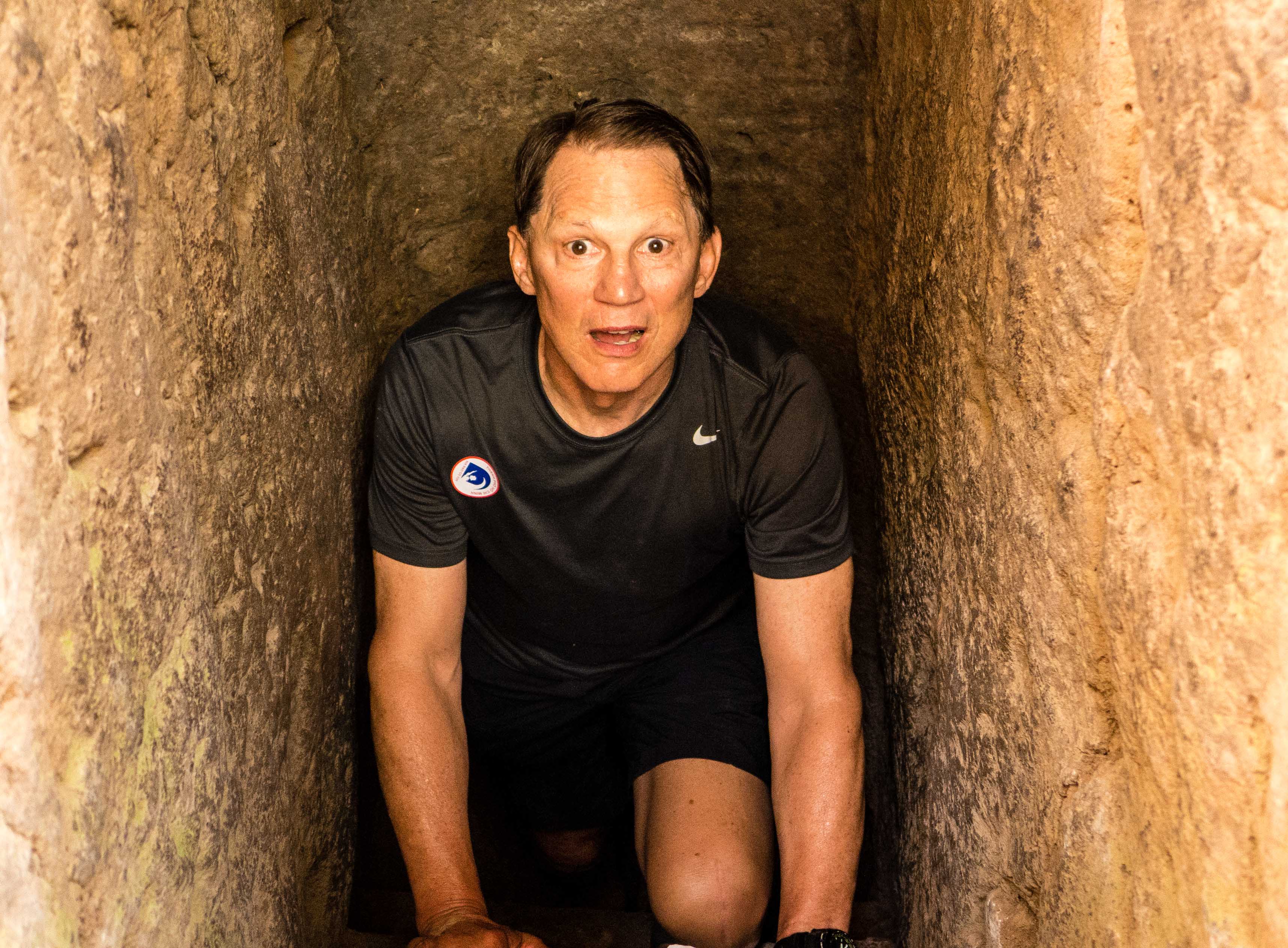
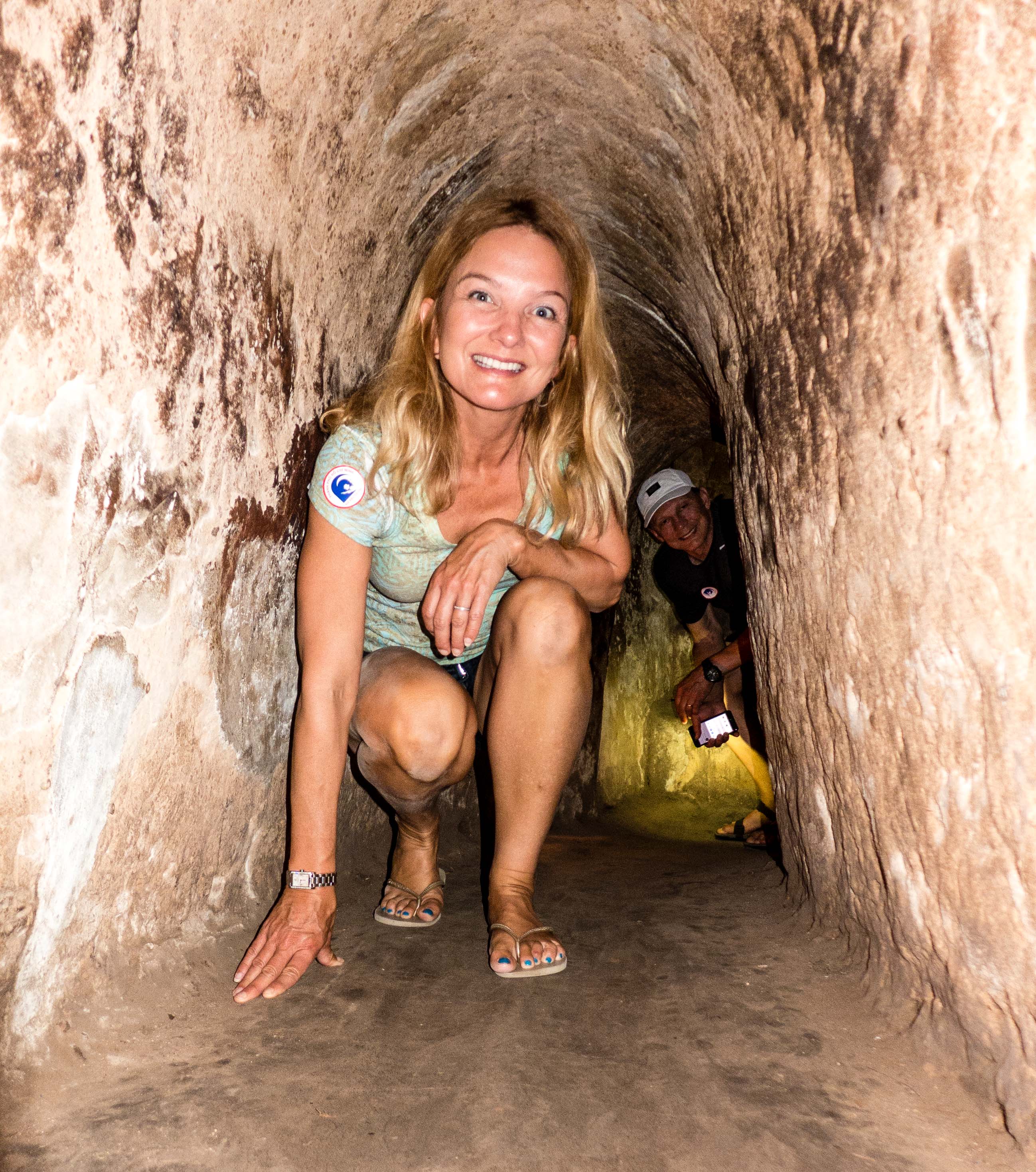
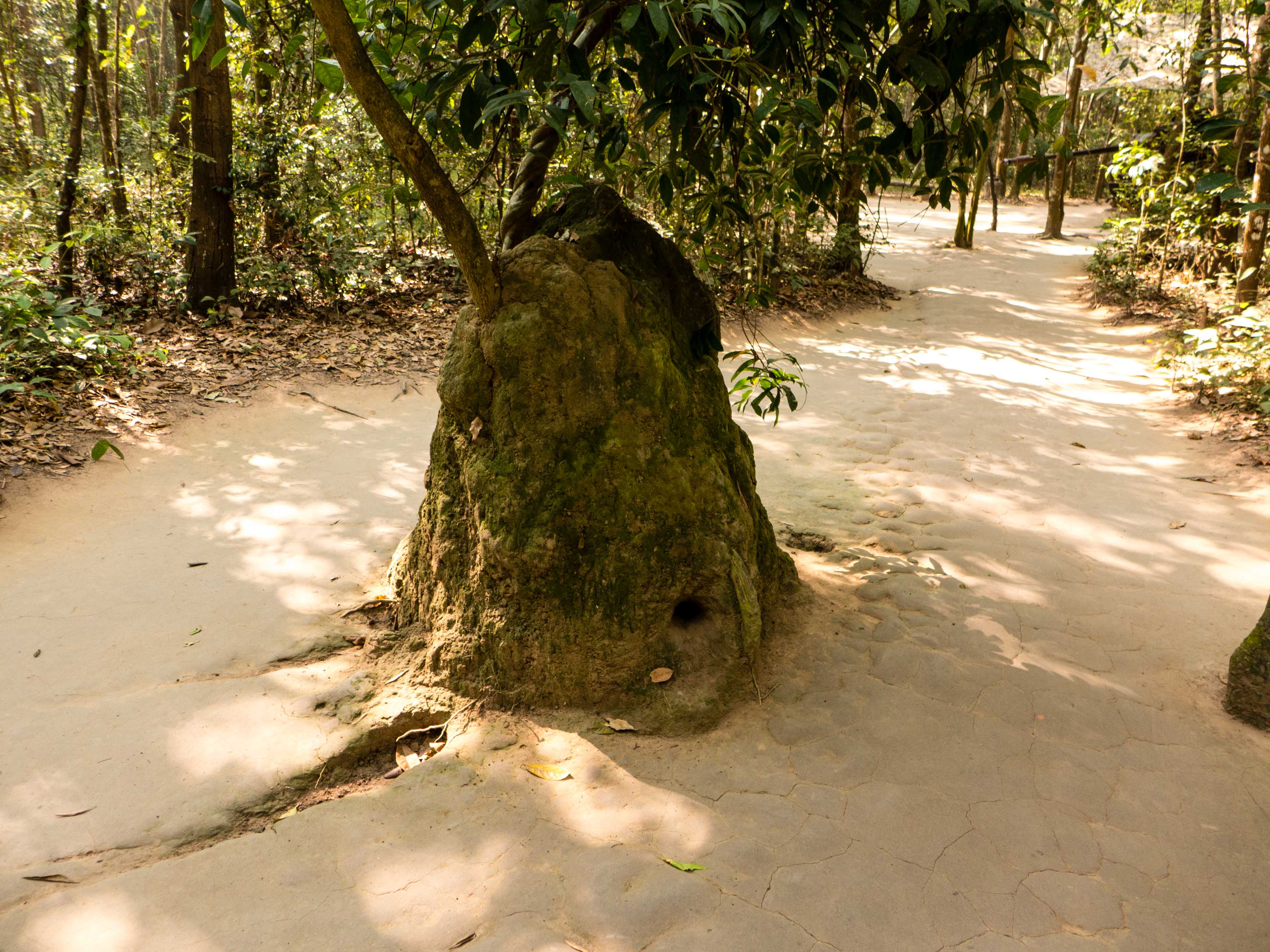
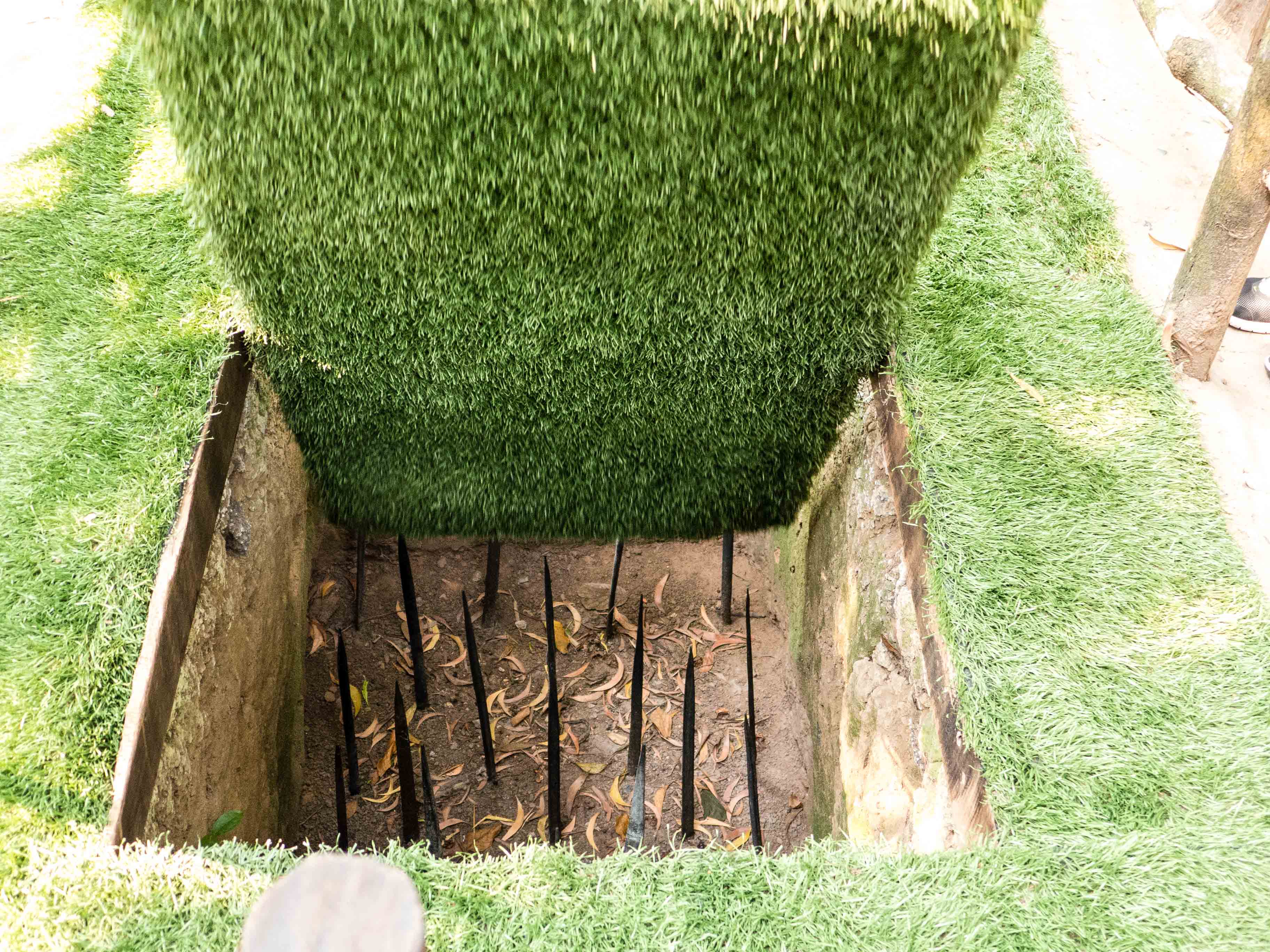
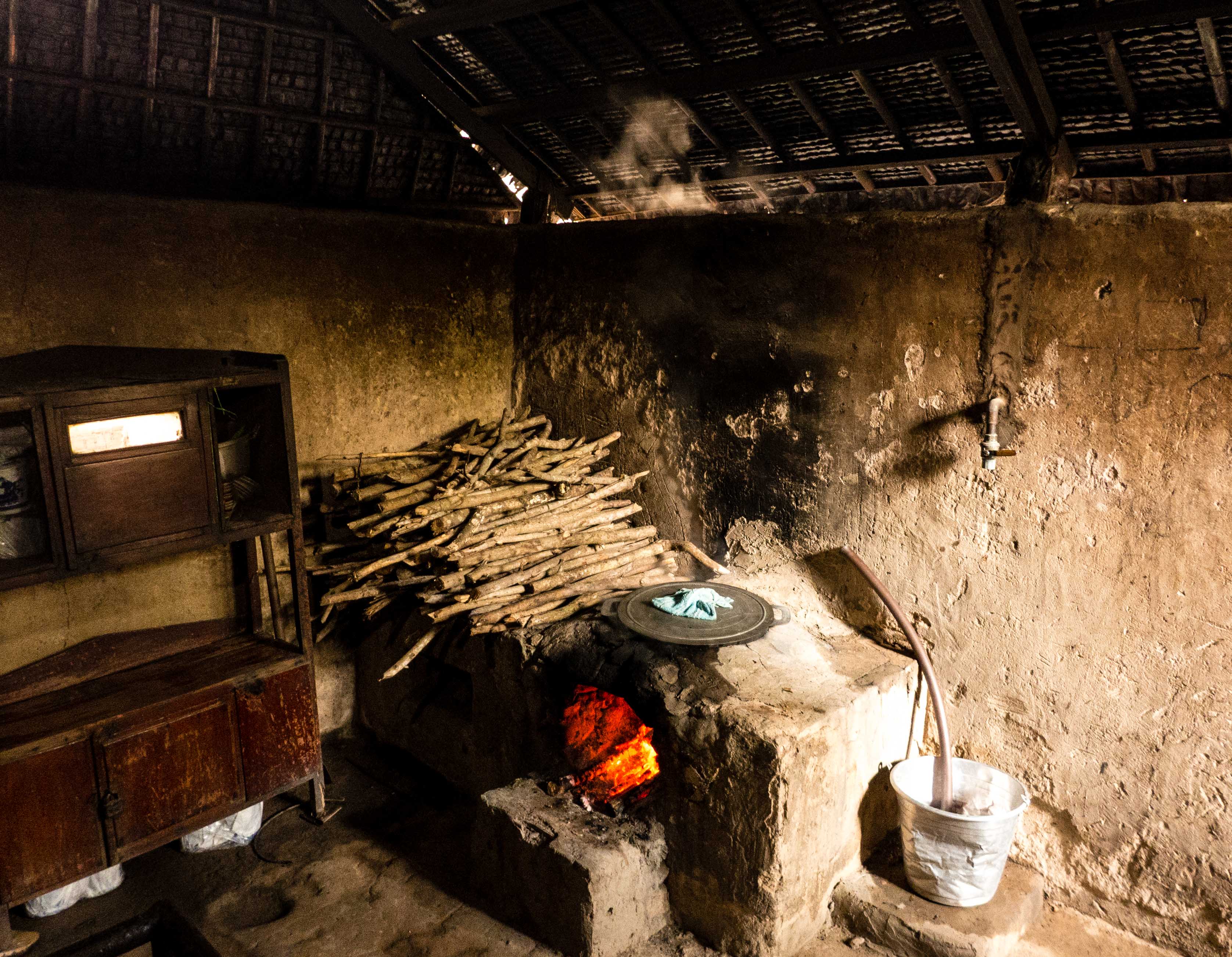
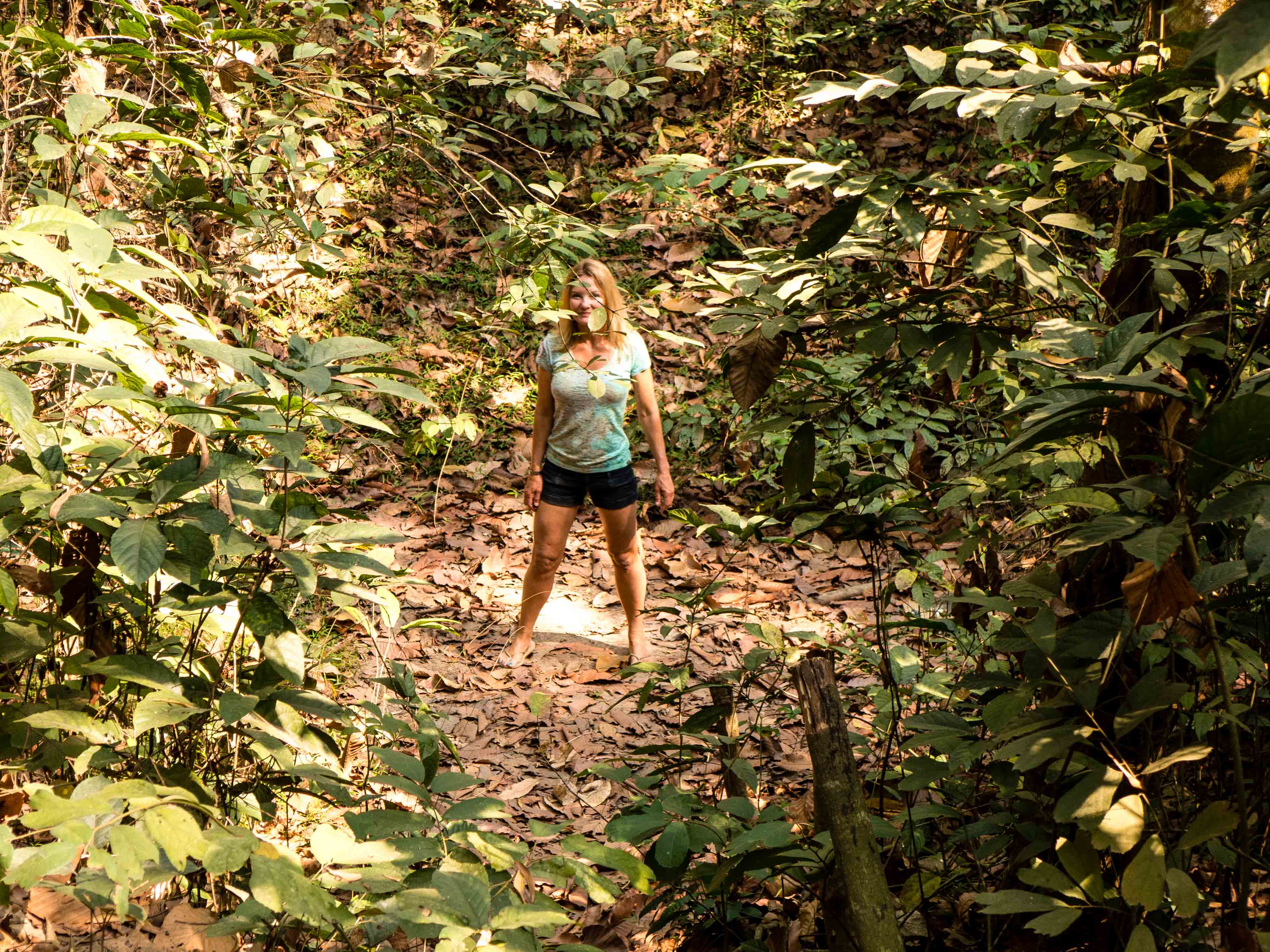
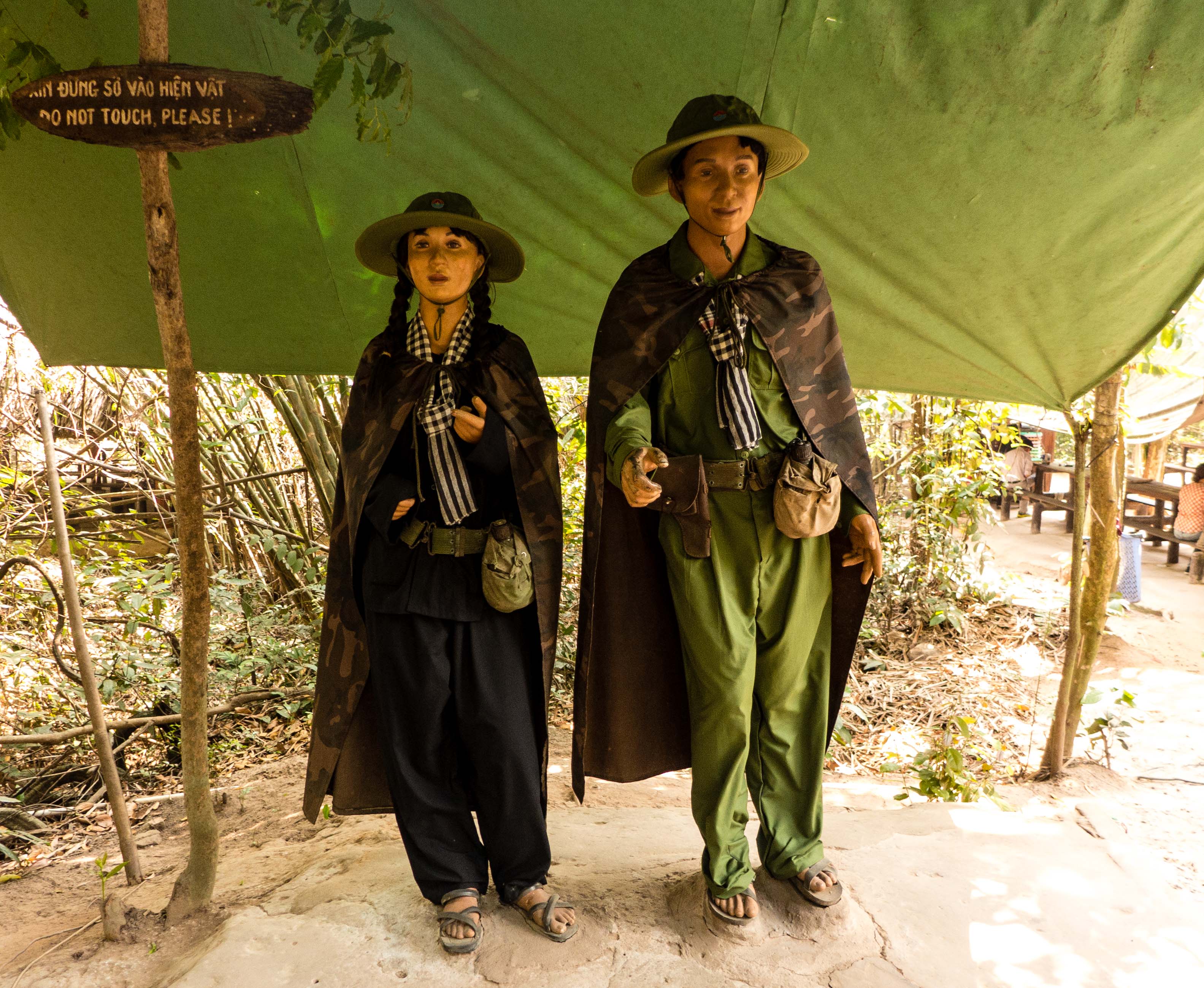
On the way back to Saigon, we visited a cricket farm. Crickets are a delicacy in Vietnam. (At least this is what they tell us tourists…) You will hear more about eating crickets in the coming years. For example, see this link.
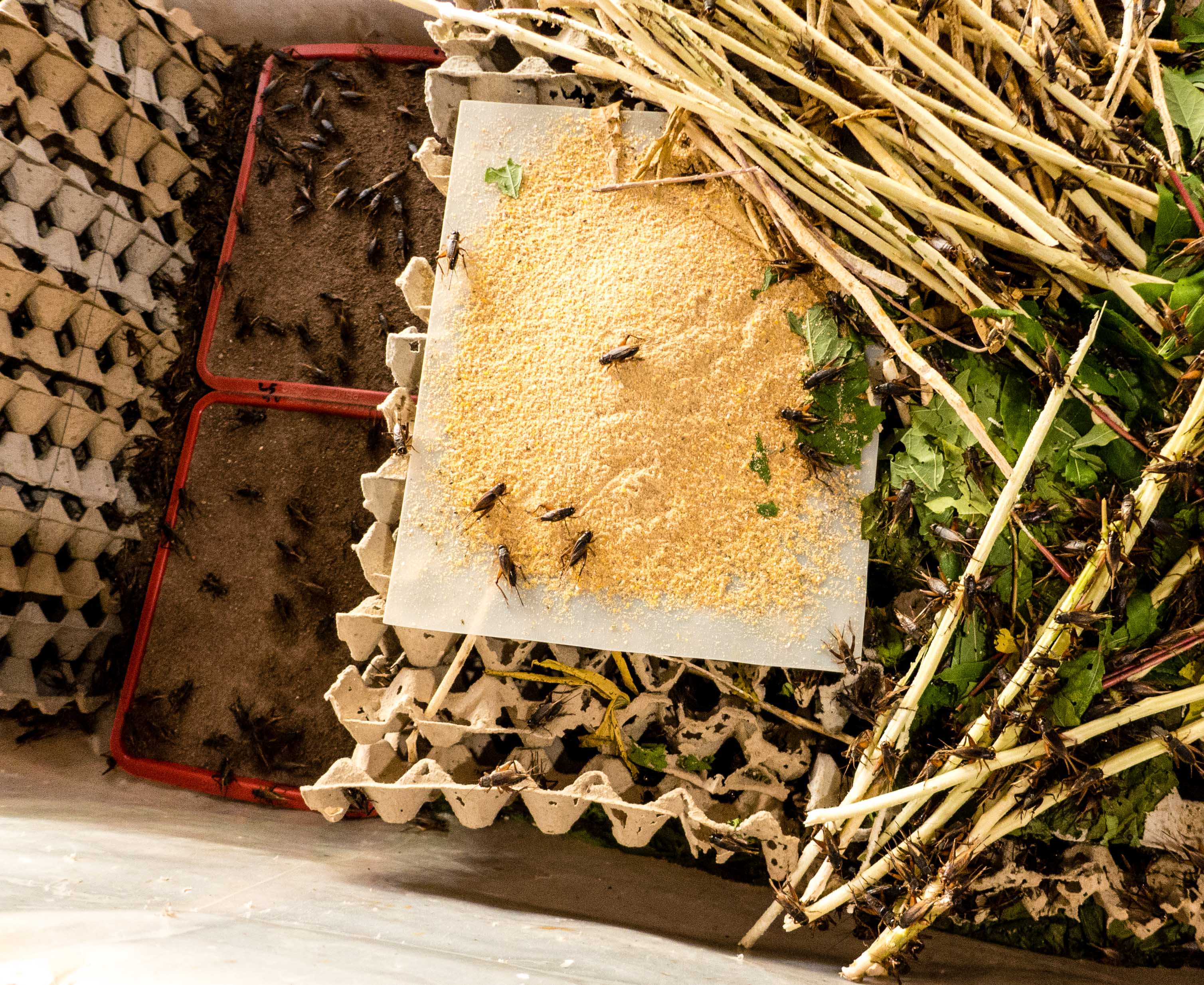
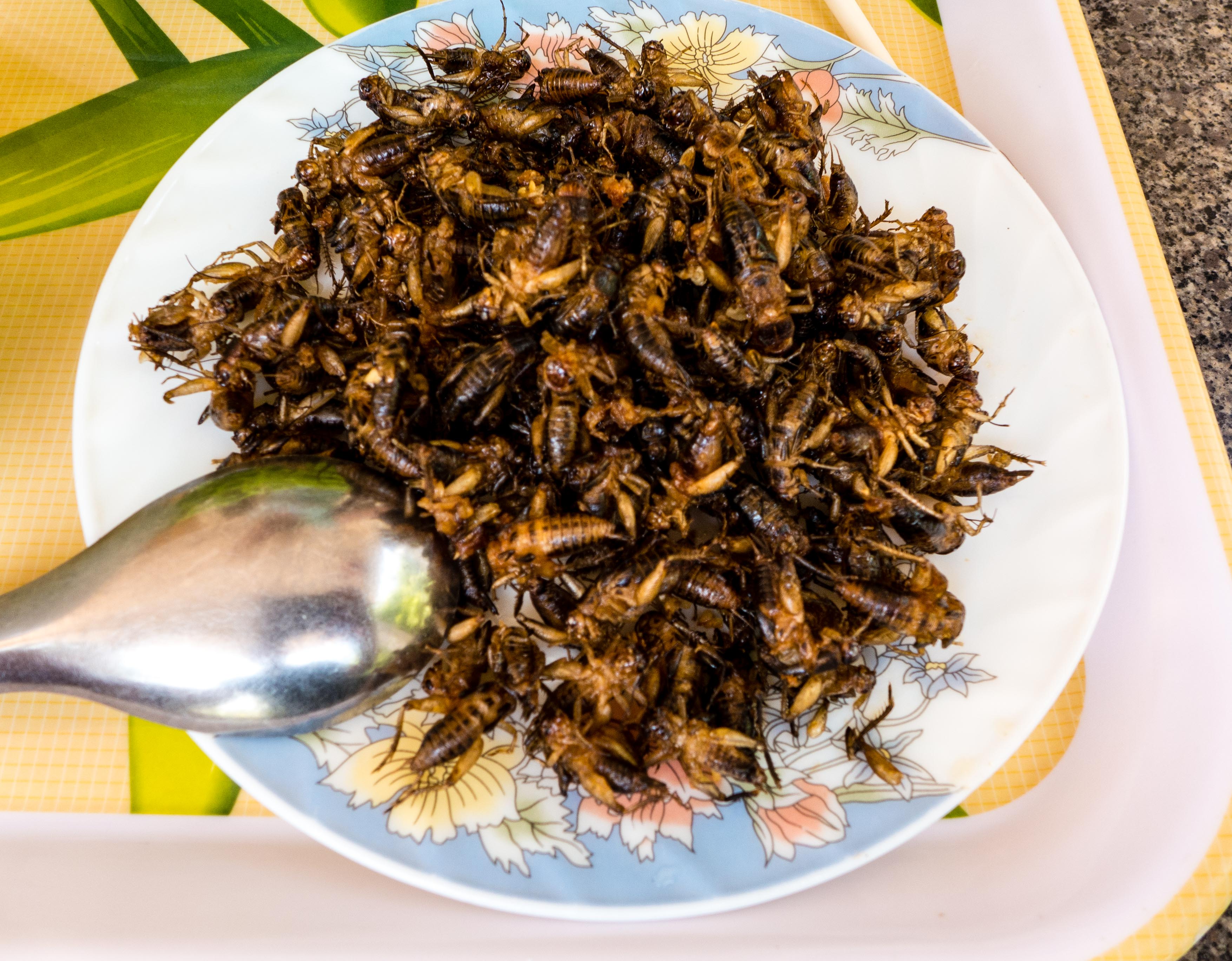
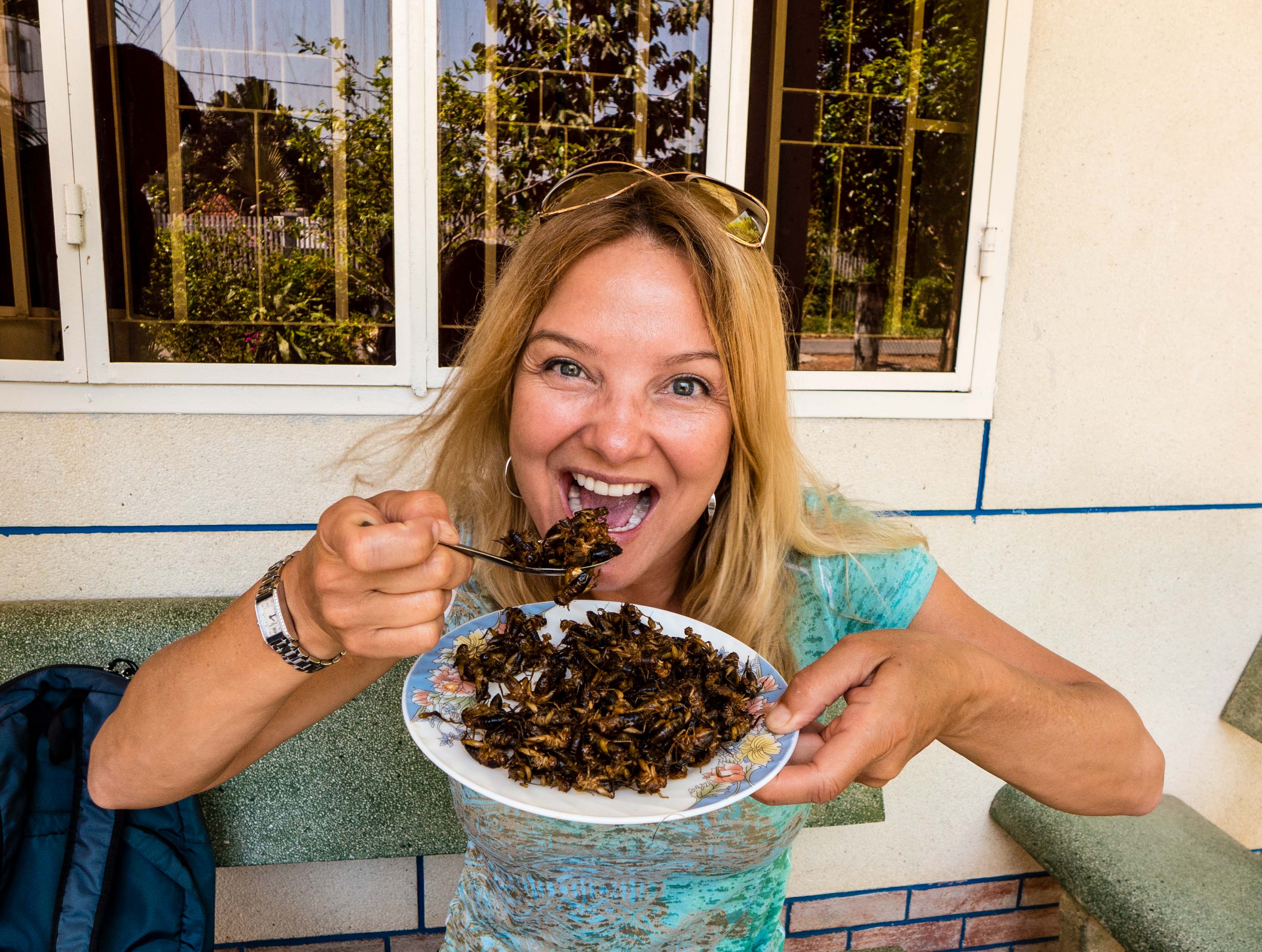
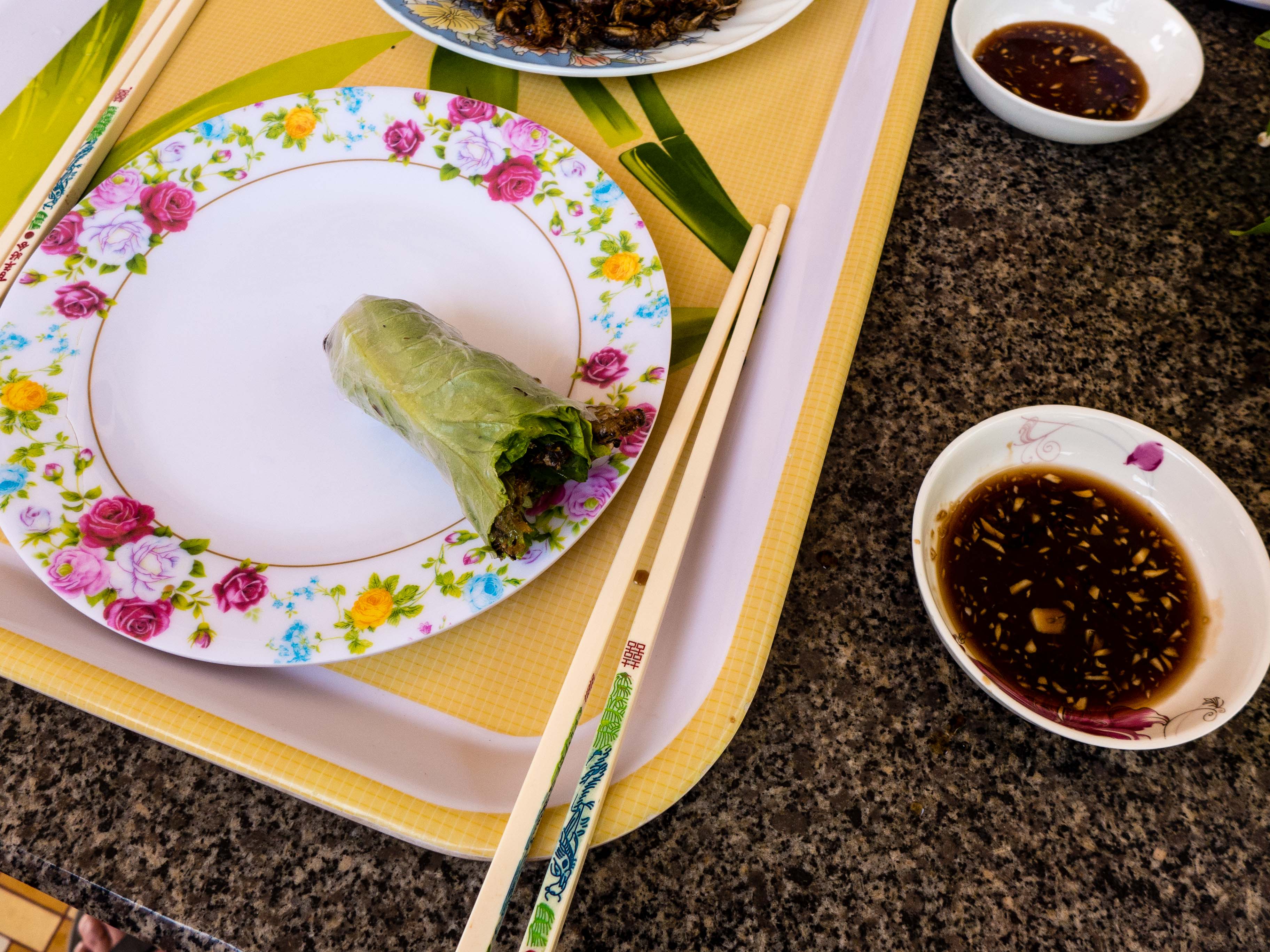
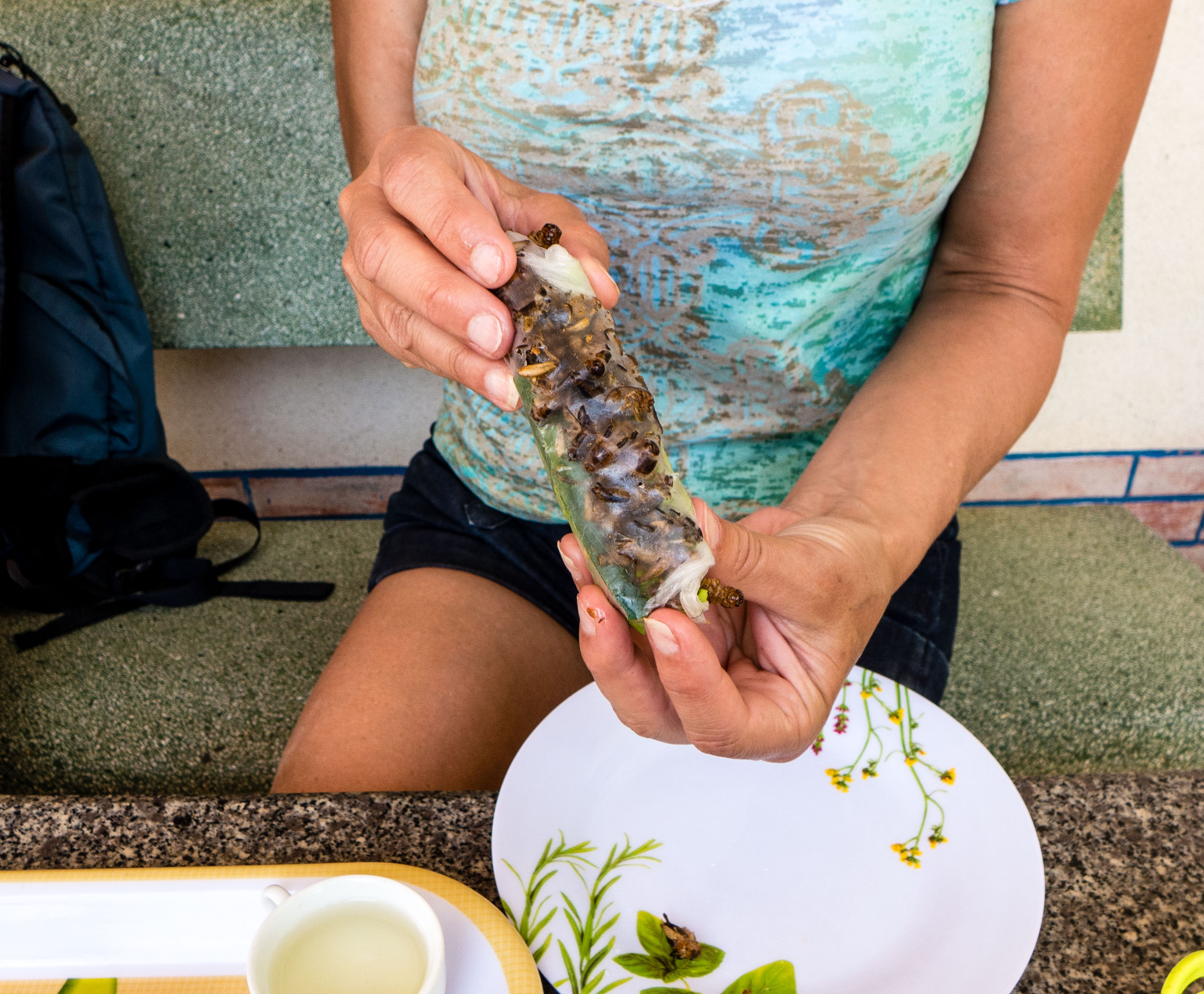
Finally, we did an “Evening Scooter Foodie Tour”. Saigon is a non-sleeping city. It becomes more and more splendid and elegant with the twinkle of the street lights and the swarms of friends going to and fro in the city. Experiencing the buzz of Saigon’s nightlife on the back of a scooter with these enthusiastic young university students was a highlight of our time in Saigon.
